You can't fly directly to Yangshuo. The fastest way to get there is to fly to Guilin and then take a 1.5 hour bus trip to Yangshuo. Our flight from Shanghai arrived late at night so we stayed in the city of Guilin for the evening and then took a mid-day bus the next day to the town of Yangshuo. We were a little worried about communicating with the folks at the bus station since we were in a smaller Chinese town. While they didn't speak English, they understood Yangshuo and Express. All signage at the bus station was in Chinese characters so we would show our ticket to the attendants at the terminals and they would point us in the right direction. The ride was on an older, beat up coach bus, but it got us there and it only cost us 22 yuan (about USD4).
The bus dropped us off in the middle of Yangshuo. We'd read a lot of reviews of this area, so we knew that the town of Yangshuo itself drew a lot of visitors and would be jammed packed with hawkers aggressively trying to sell everything under the sun. We purposely chose a hotel outside of town so we stepped off the bus and walked a few steps to the cab stand to get out of the madness that was downtown Yangshuo!
Phoenix Pagoda
We unknowingly scored huge with our choice of hotel here. We booked a room at an inn called the Phoenix Pagoda Fonglou Retreat, knowing only that it was located about 15 minutes outside of Yangshuo and had received some good reviews online. While the hotel room was very rustic, it was incredibly comfortable and peaceful. But the best part of this place was the service and the food. The people who work here are warm, friendly and really take care of you.
After checking in and meeting Jerry, we went on a quick bike ride to orient ourselves. The hotel has a variety of street bikes and mountain bikes guests can use. We chose mountain bikes most of the time as there are some amazing off-road trails that you can explore, which take you through the countryside and small villages. After our ride, we headed back to the hotel for an incredible meal of the local specialty - beer fish - as well as an amazing pumpkin dish and a side of spicy fried tofu. Dinner is served on the hotel's beautiful roof deck. After this home-cooked meal, we knew we'd be doing most of our eating at the hotel - this was the best food we'd had so far in China! The chef loved us because we cleaned our plates at every meal. Here are some of the things we had over the next couple of days.
For our first couple of days here, we were some of the only guests at the hotel. We were incredibly lucky, because Jerry took us on different hikes and bike rides each morning to view the stunning scenery, and to explore the town and meet some of the local people. Here are some of the things we saw over the next few days, both on our morning hikes with Jerry and while out exploring on our own.
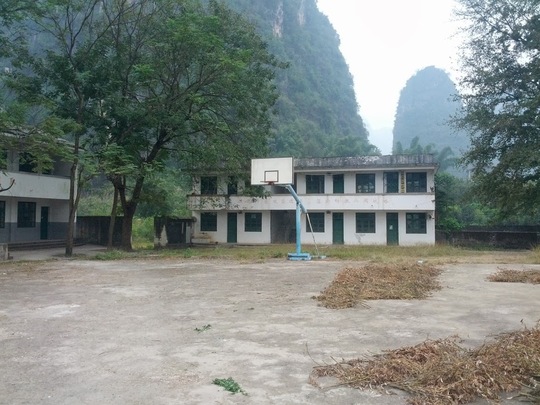

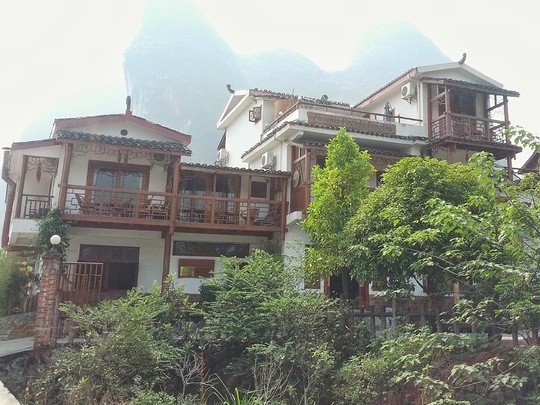
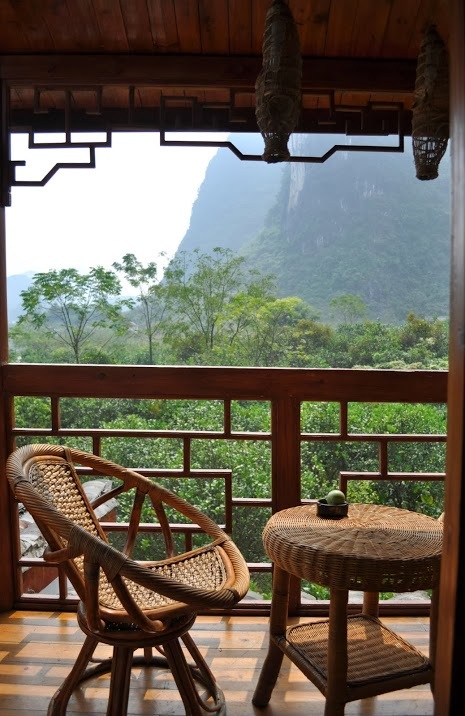
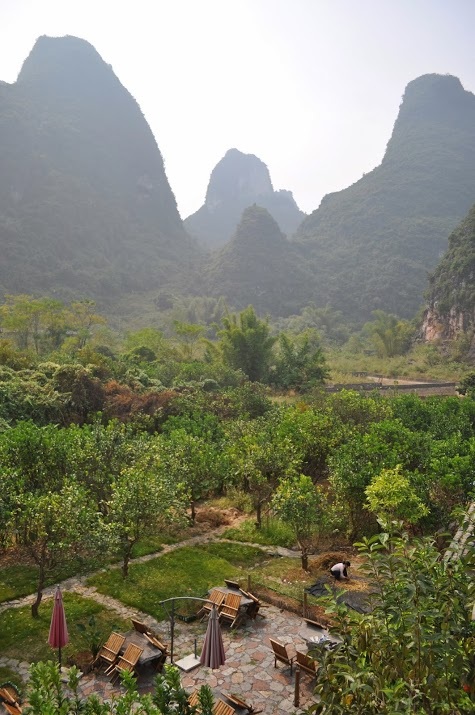
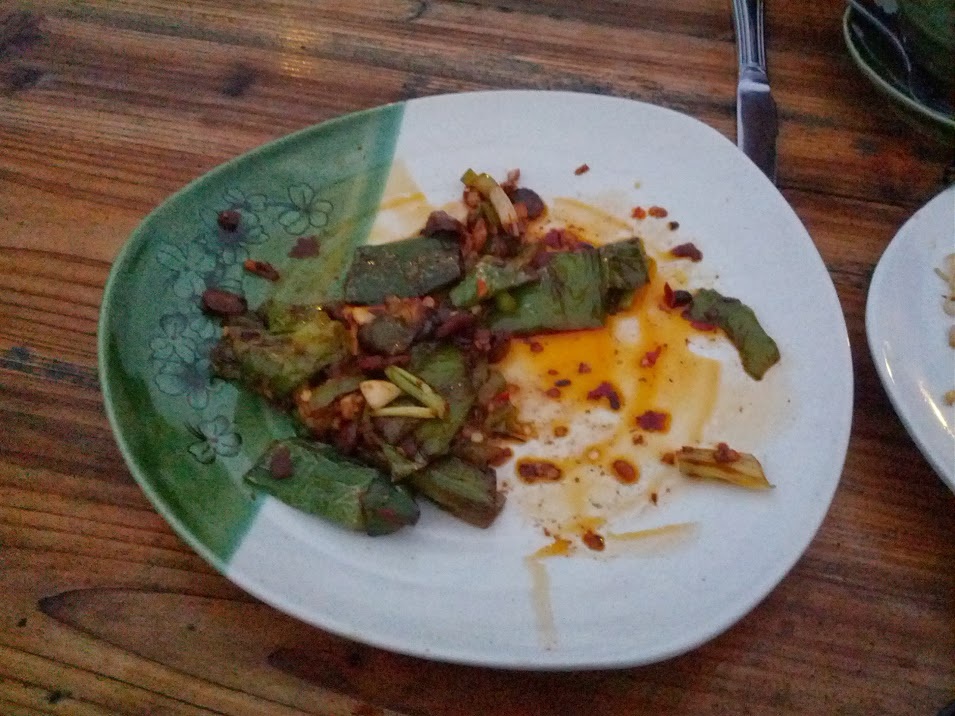
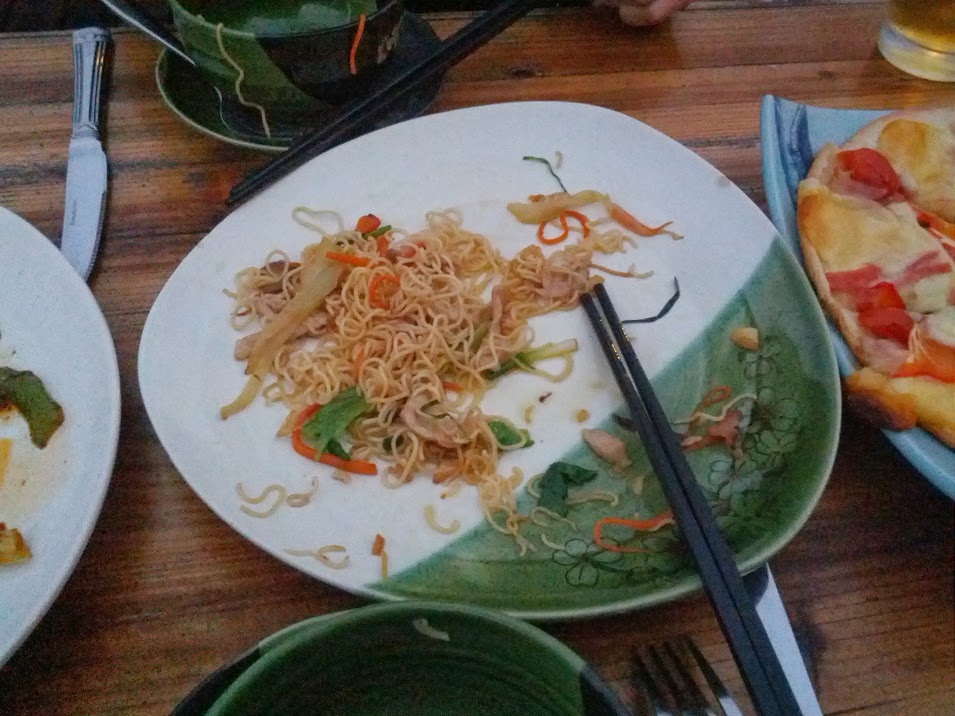
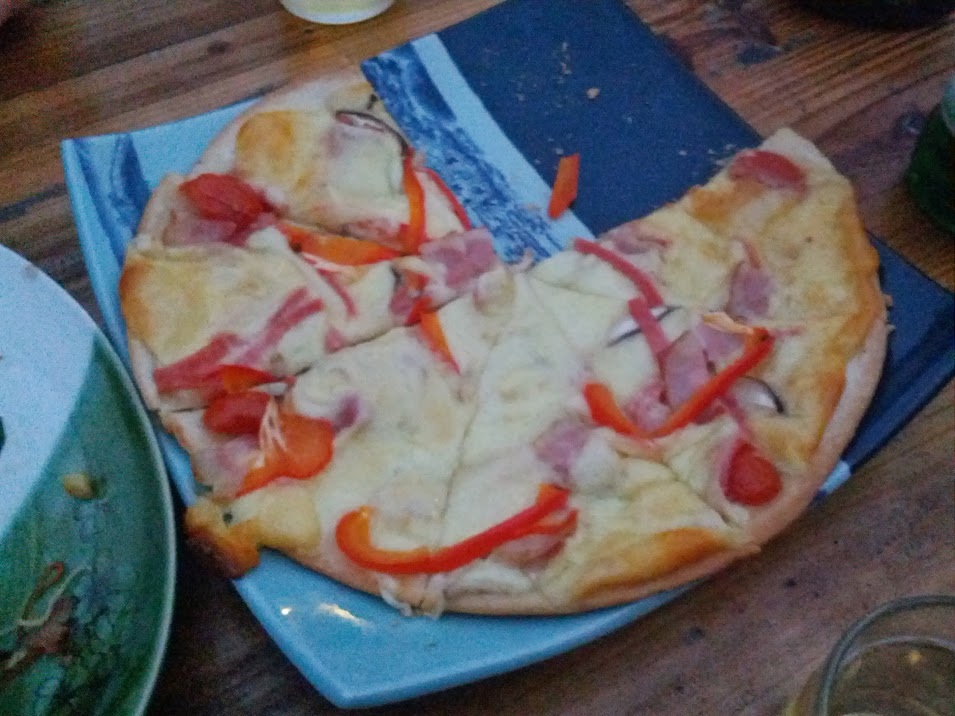
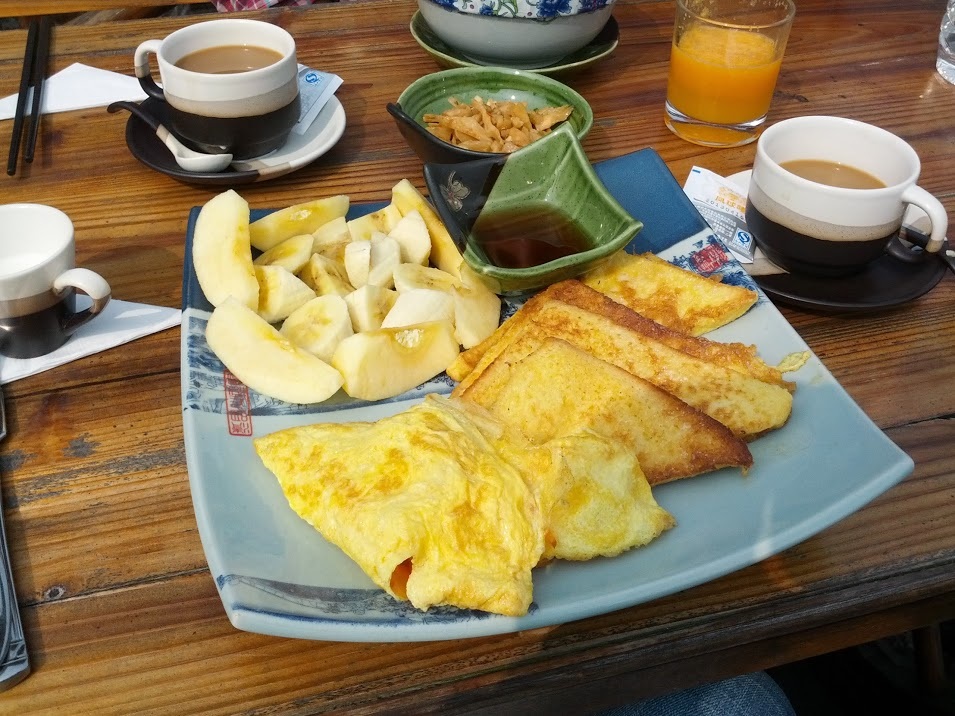
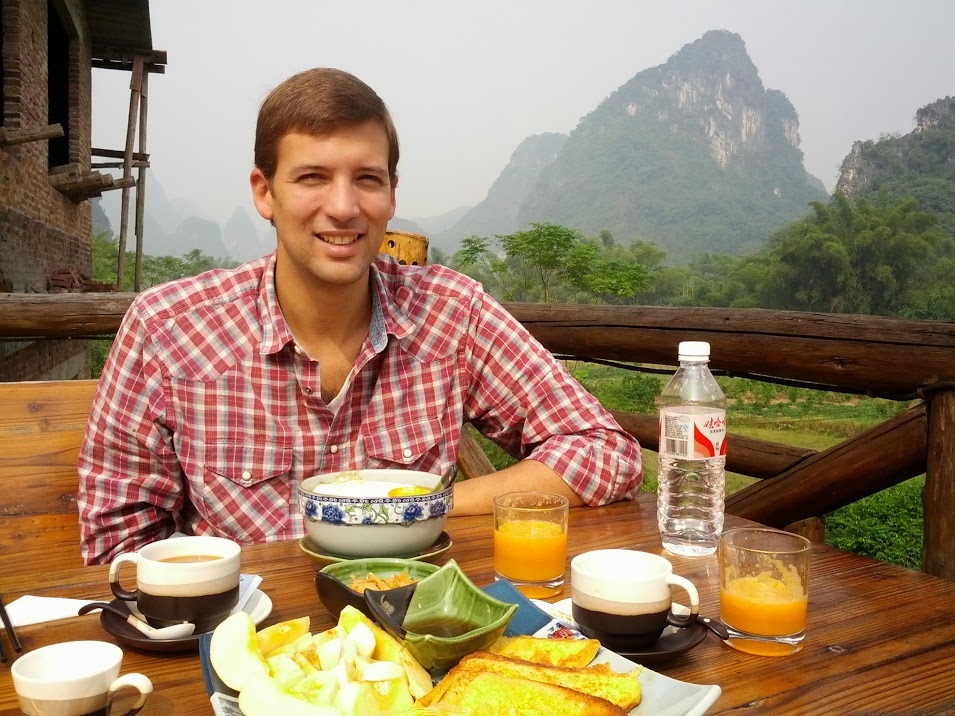
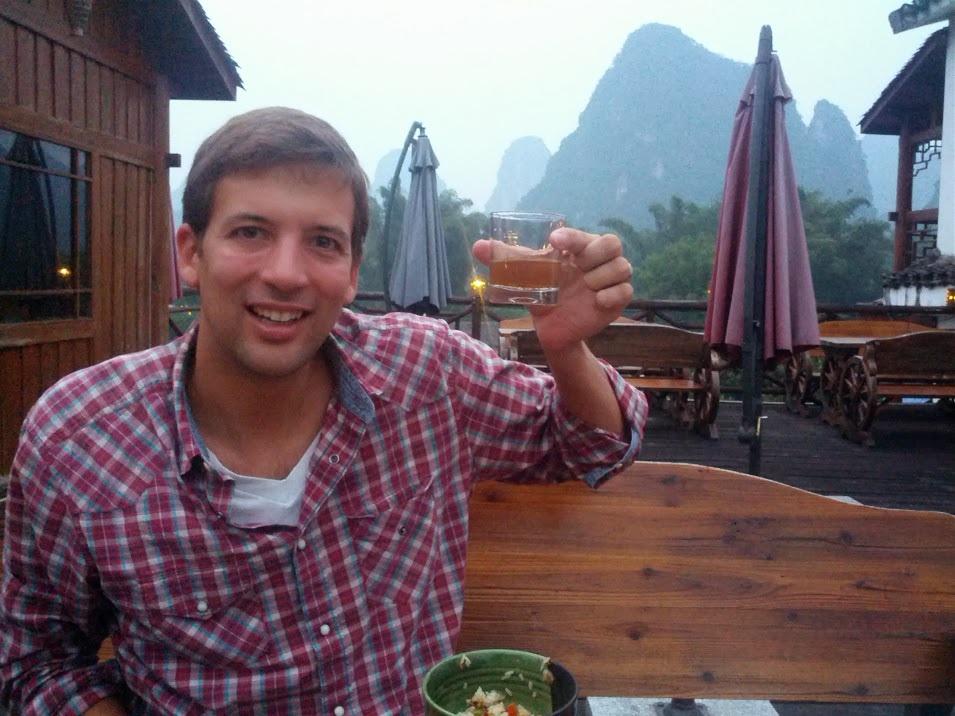
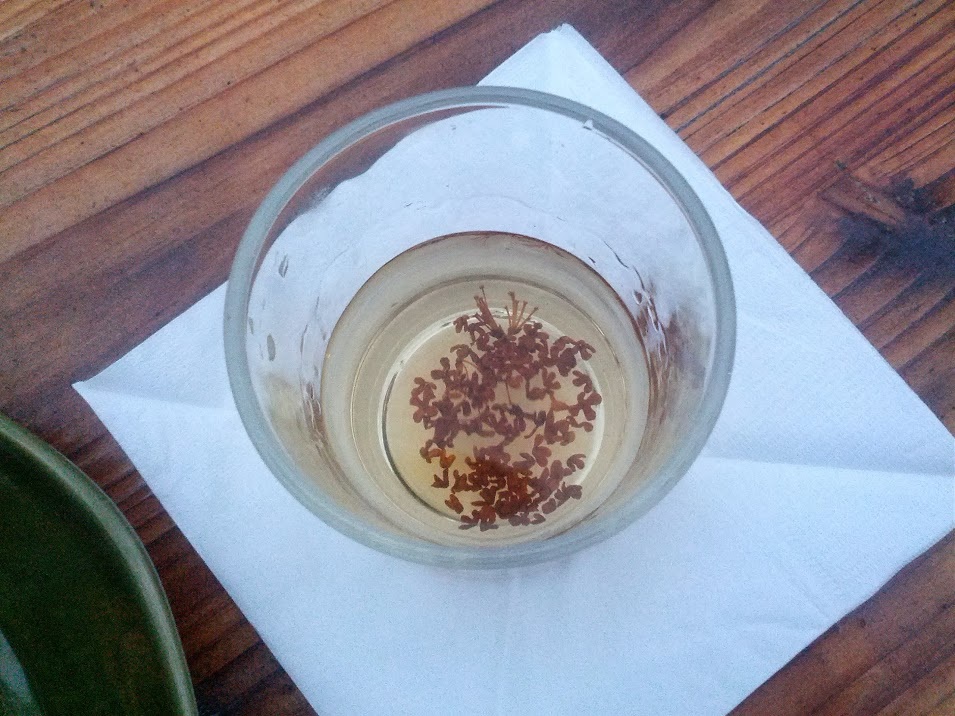
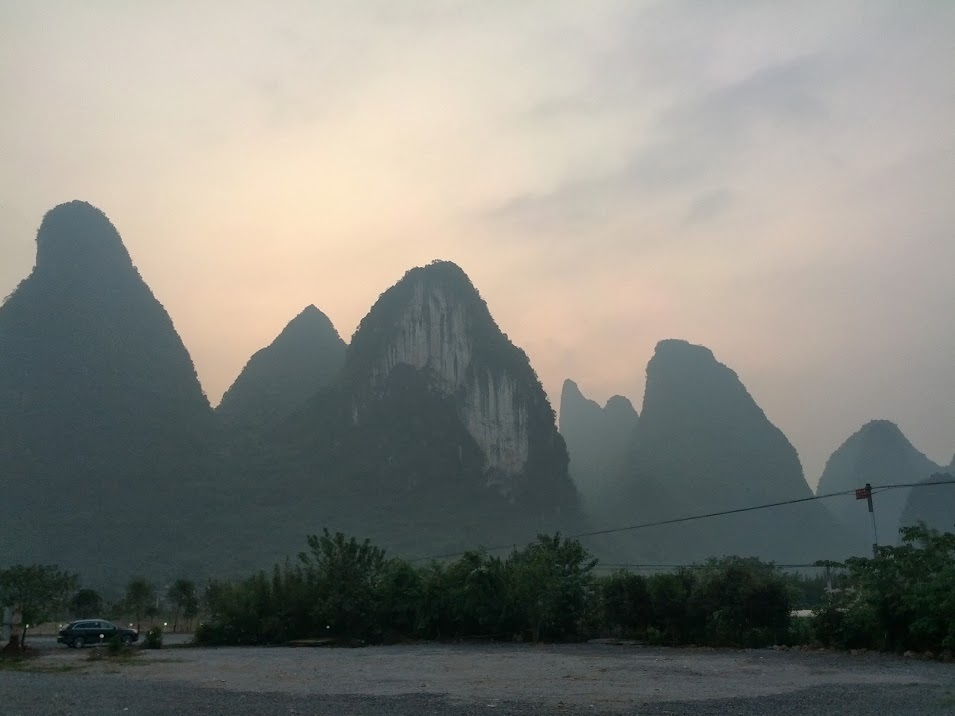
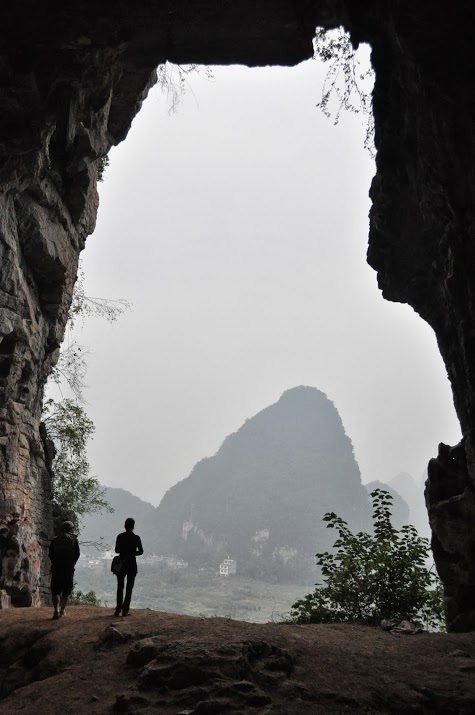
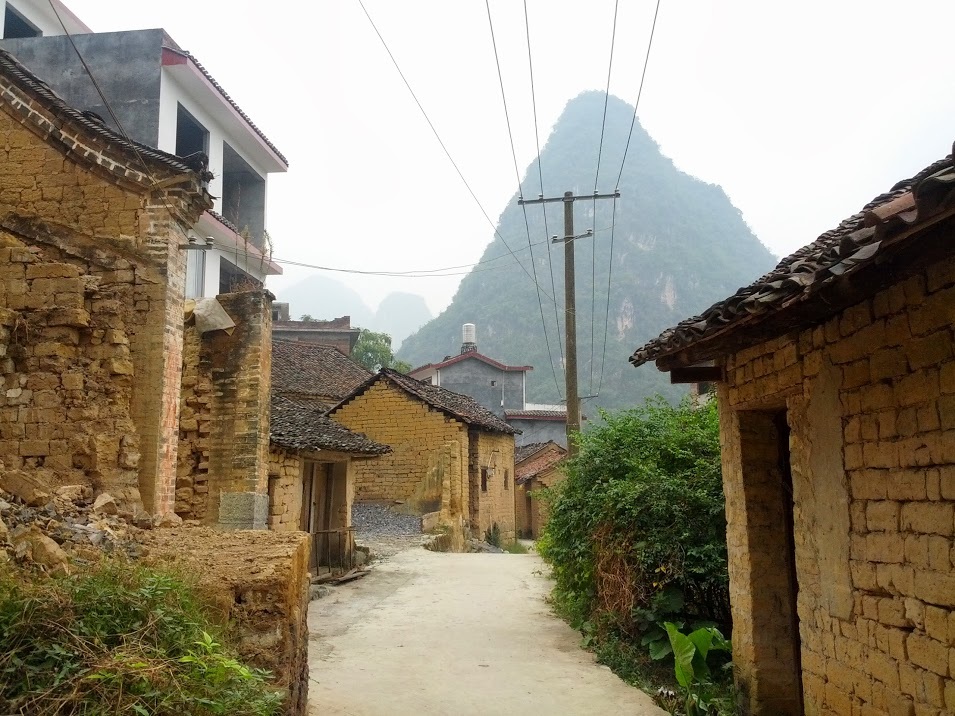
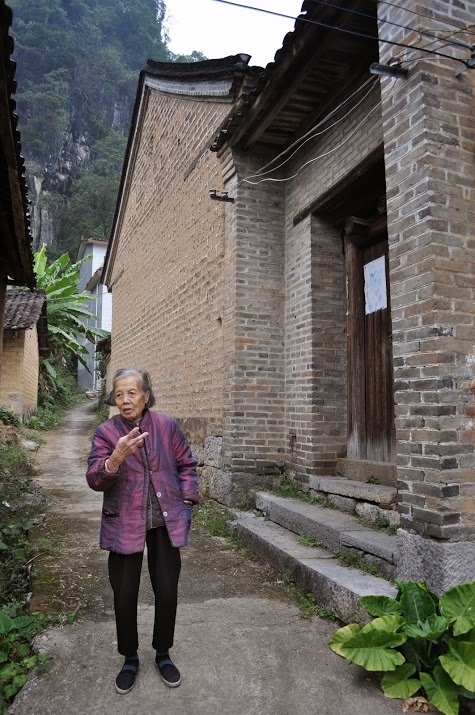
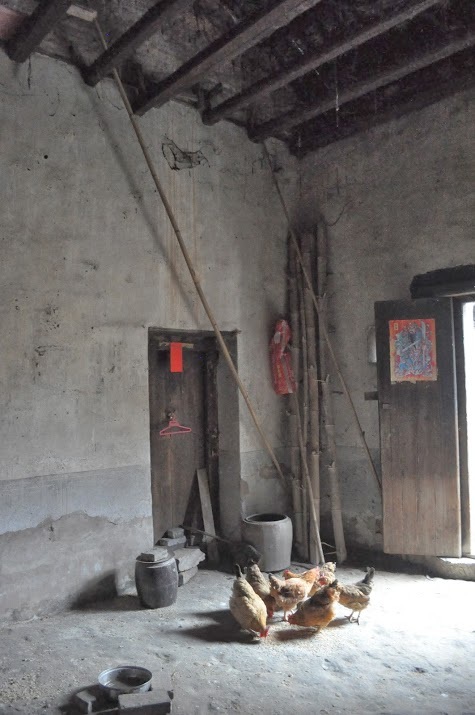
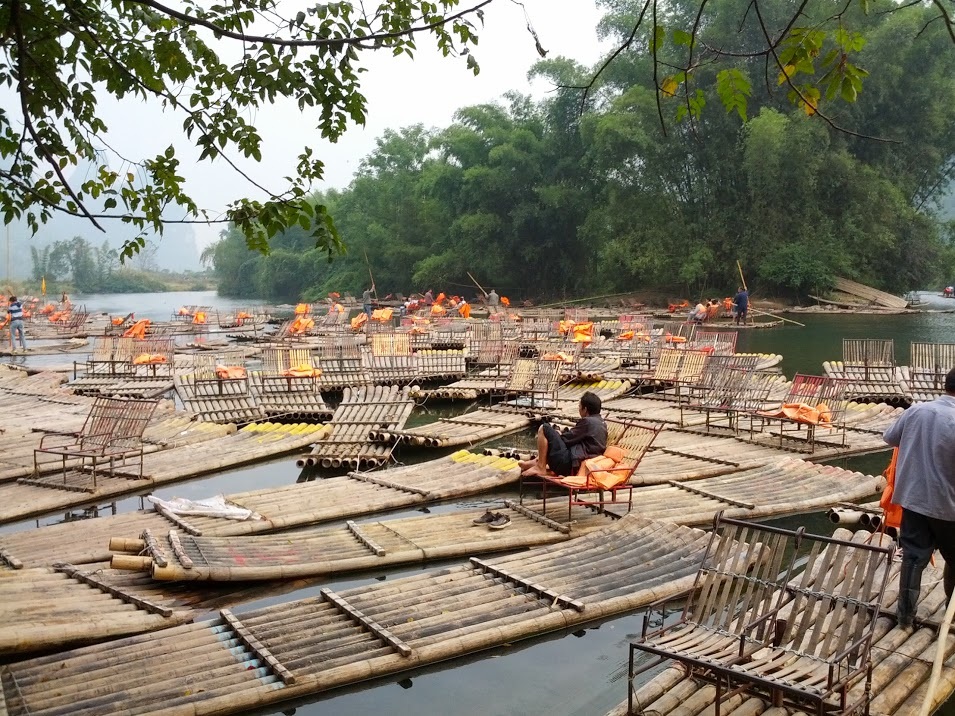
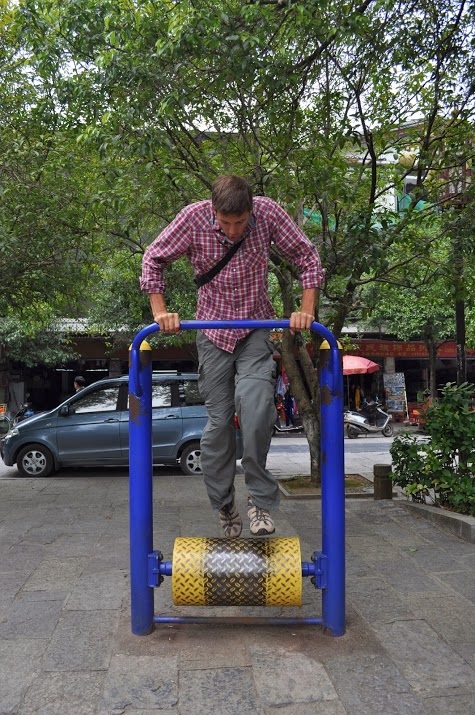
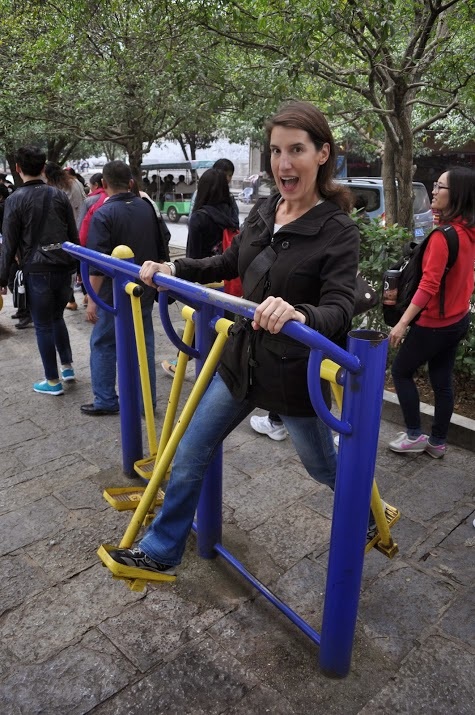
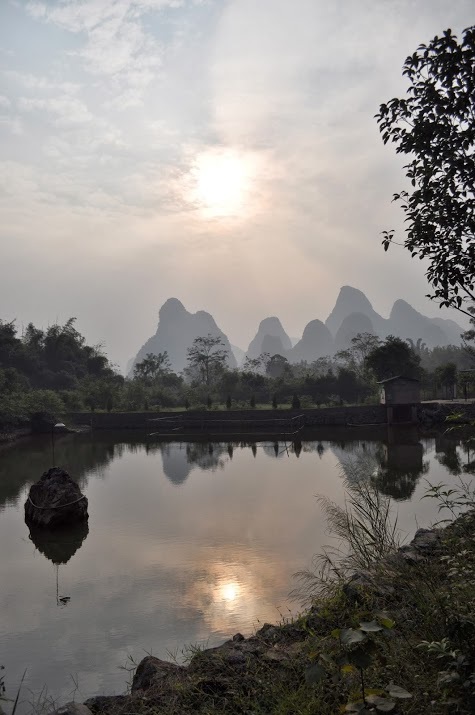
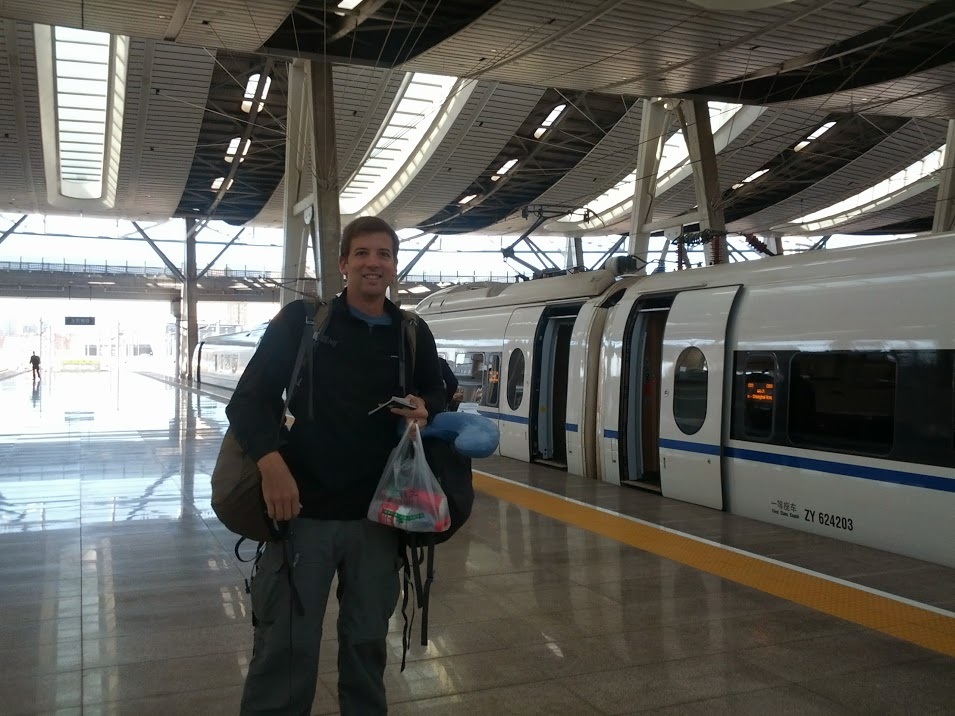
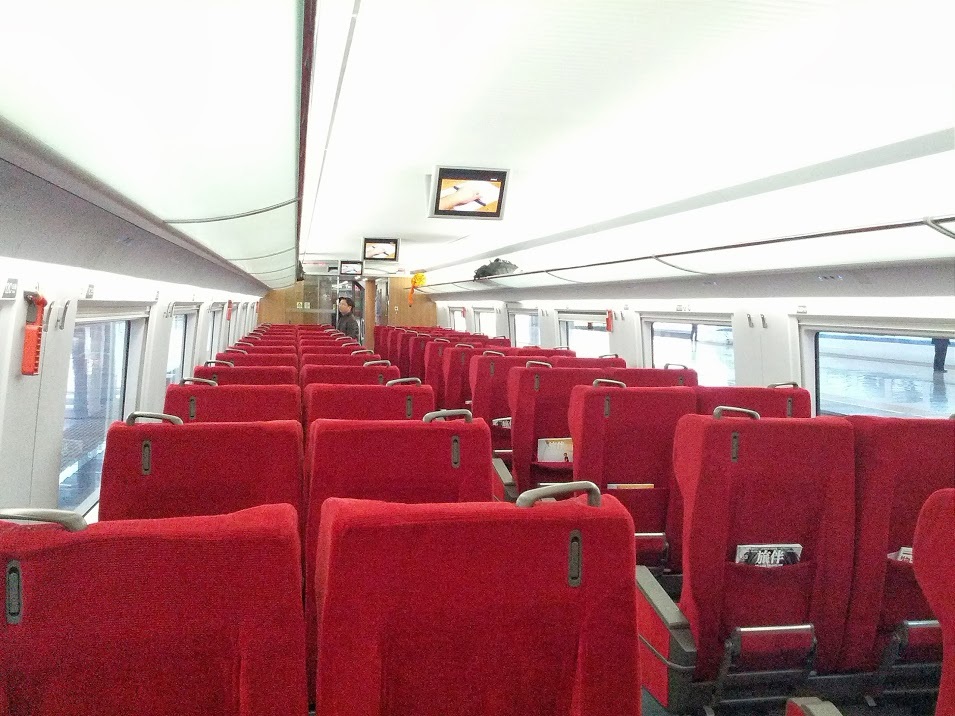
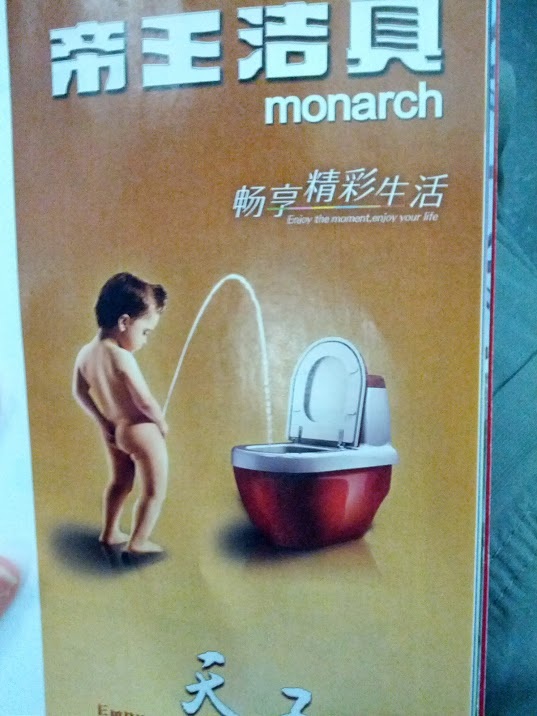
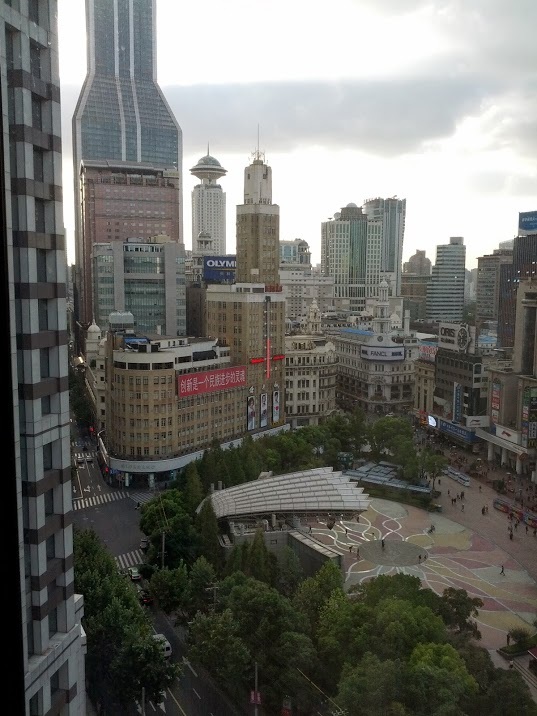
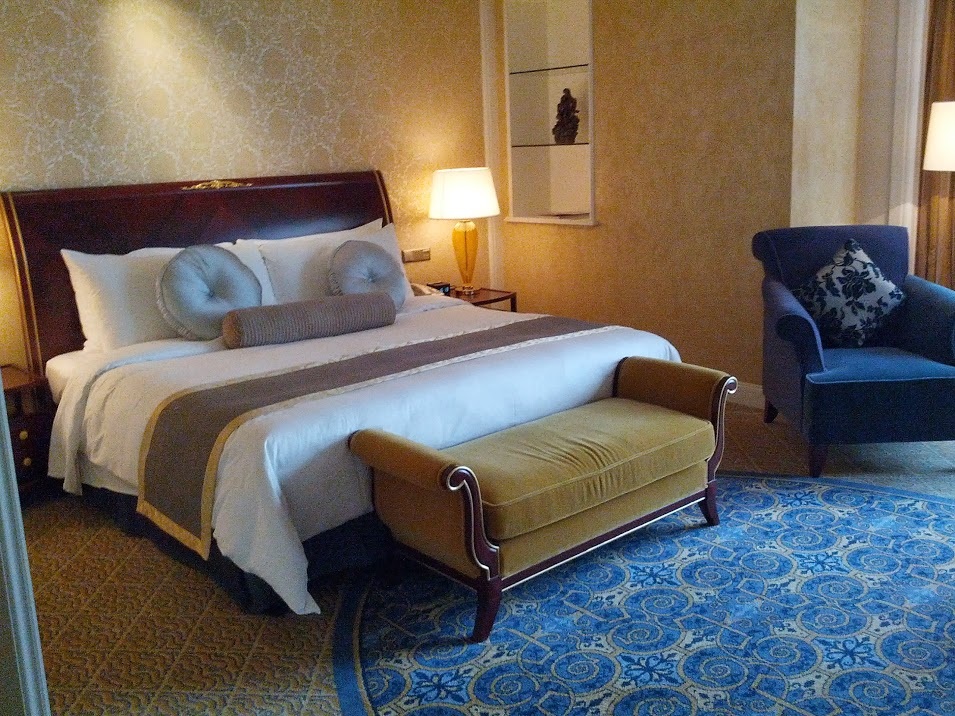
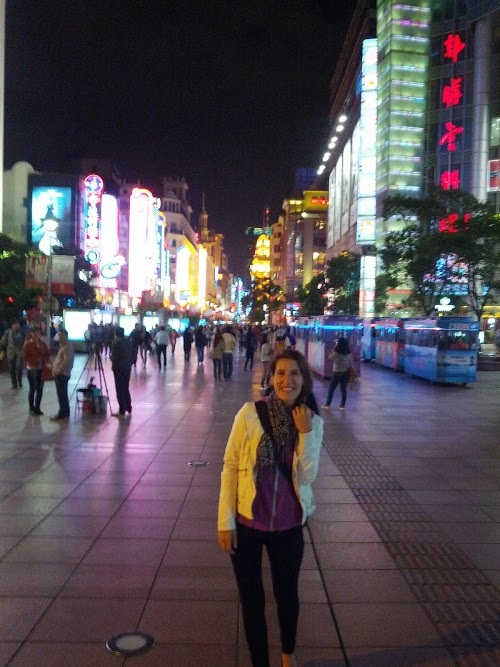
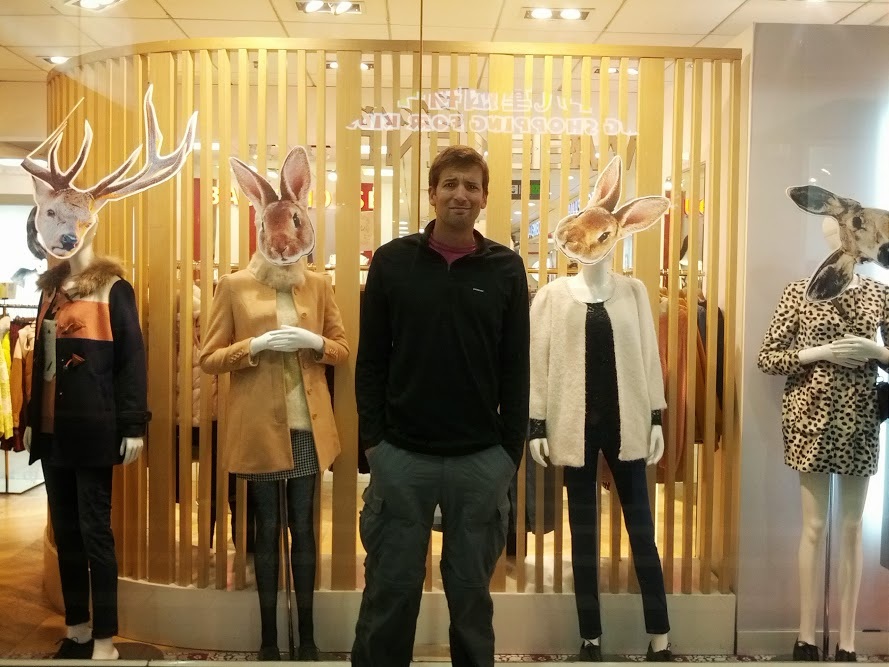
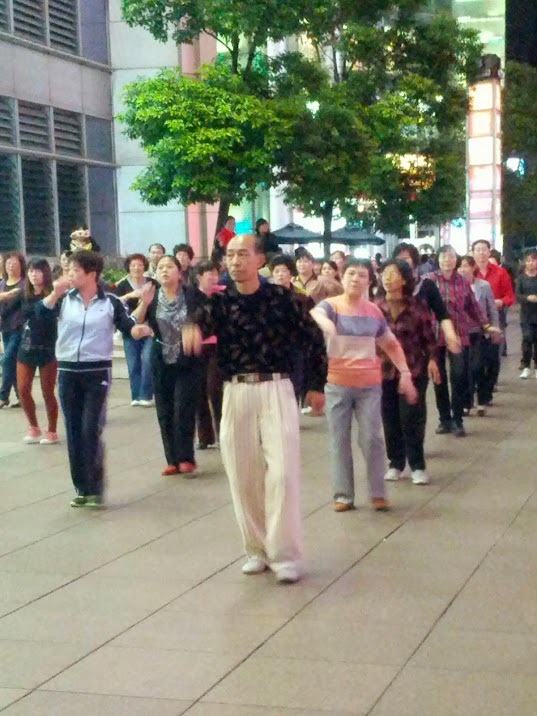
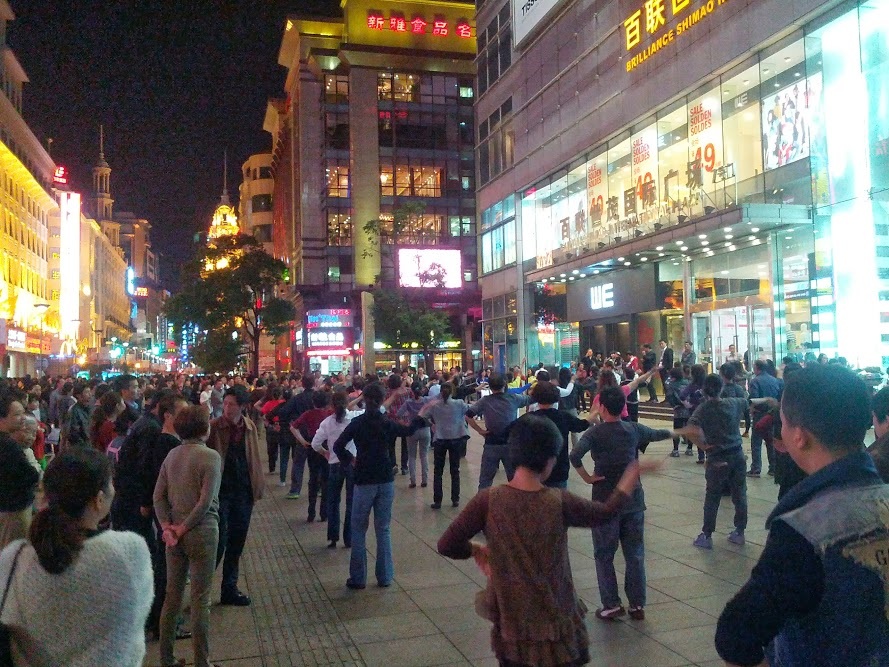
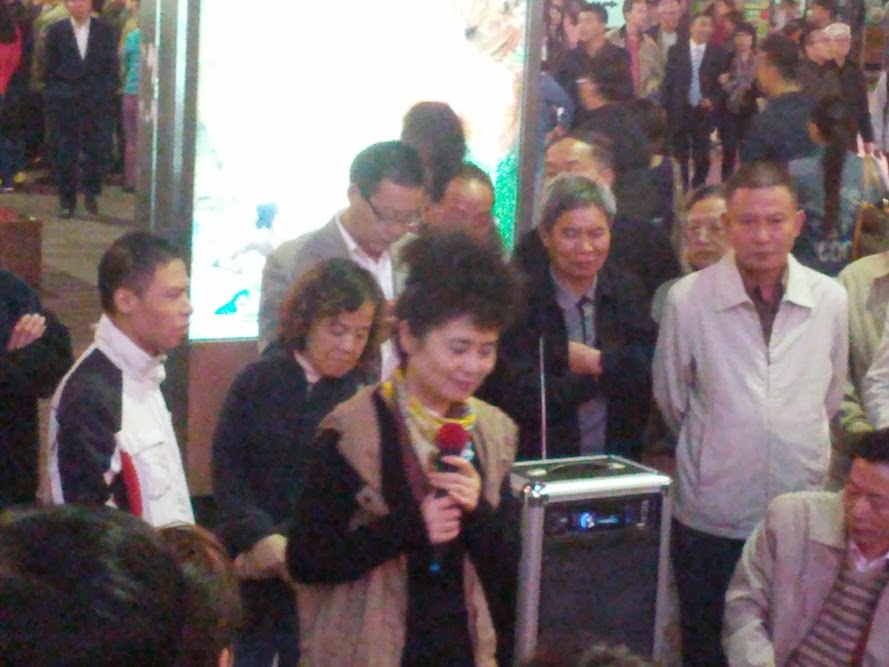
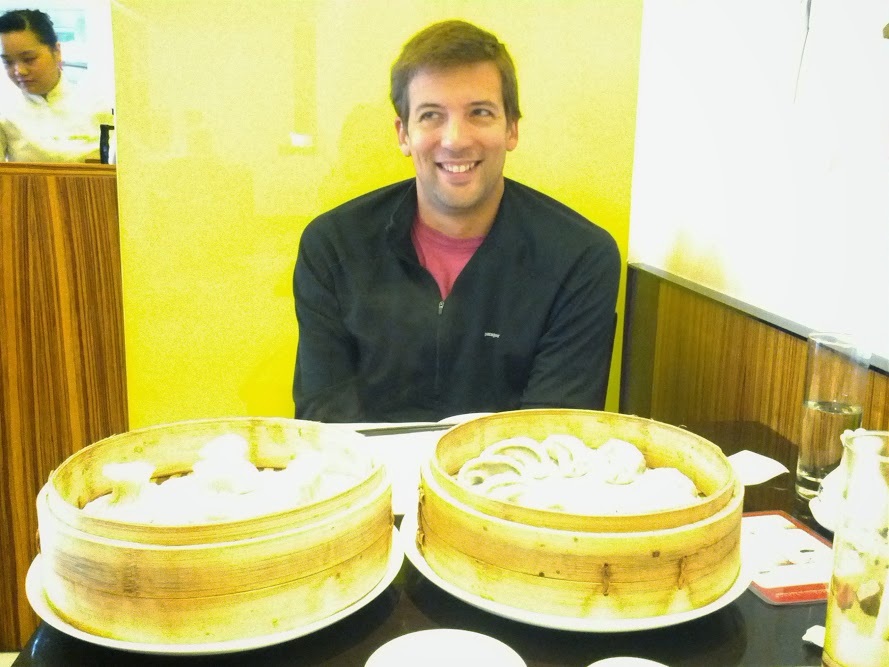
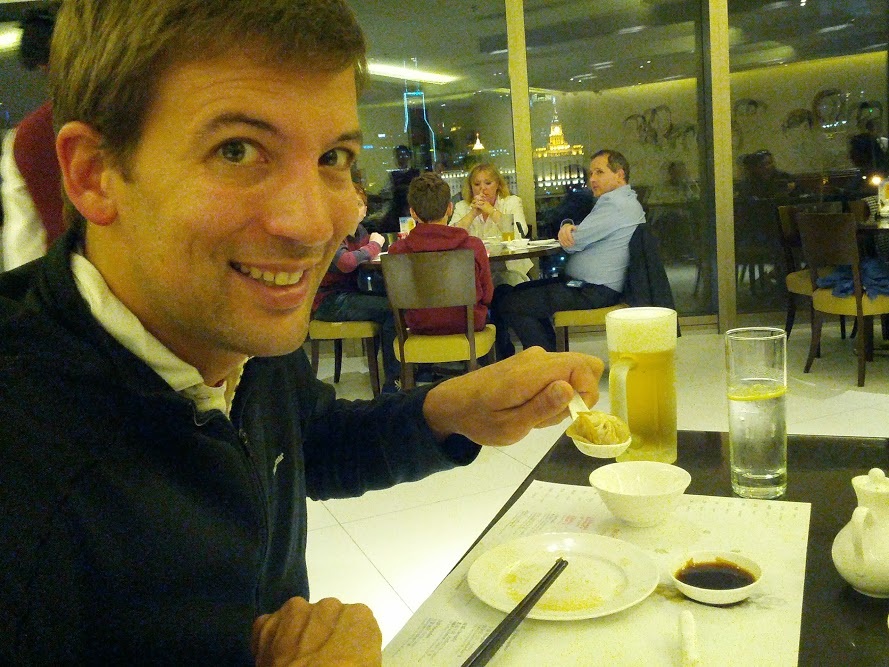
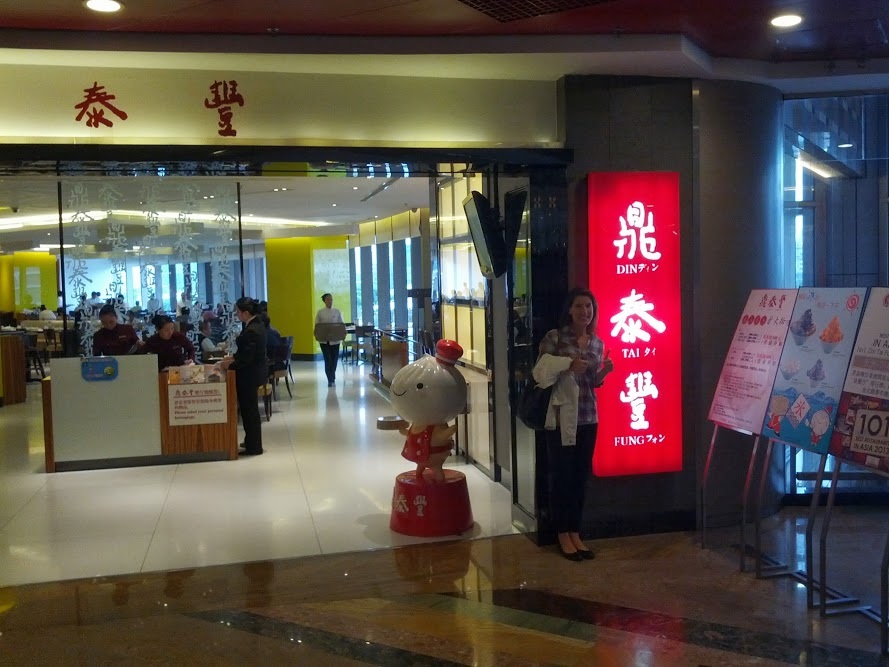
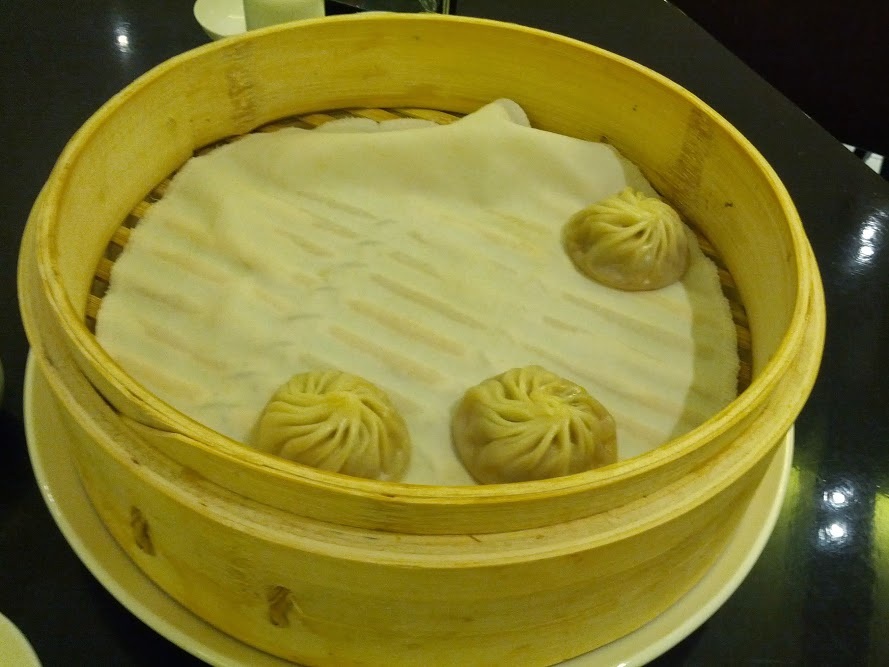
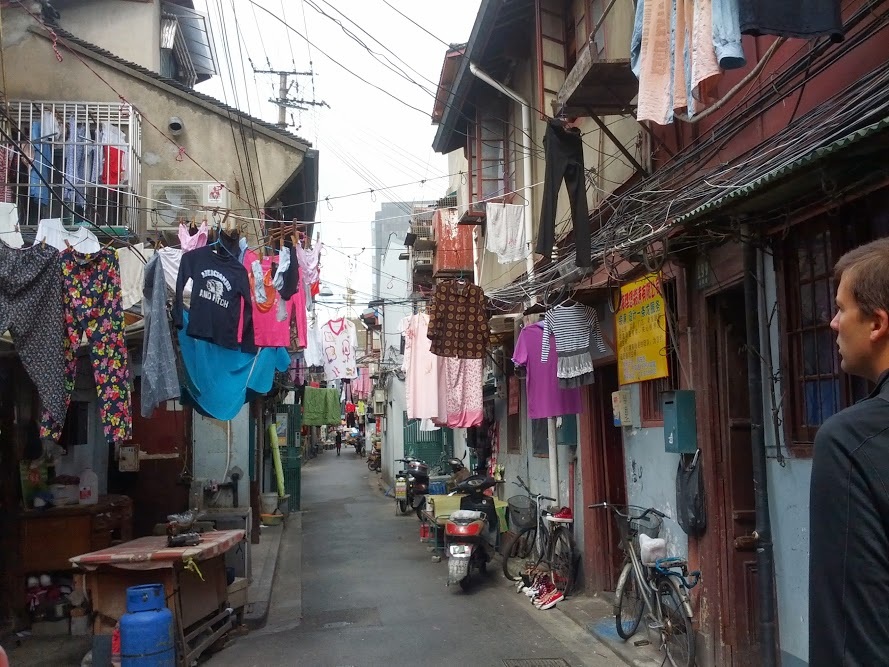
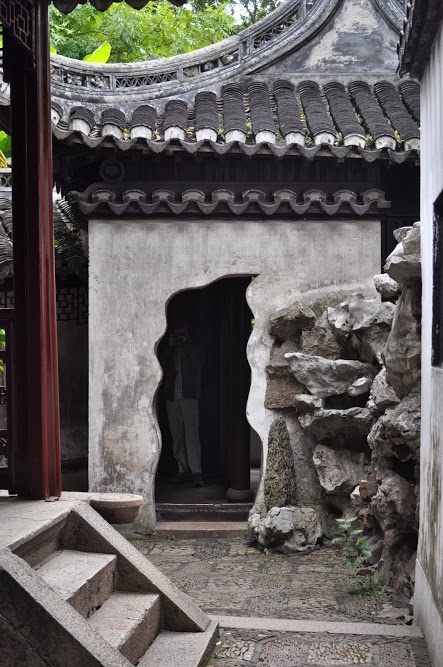
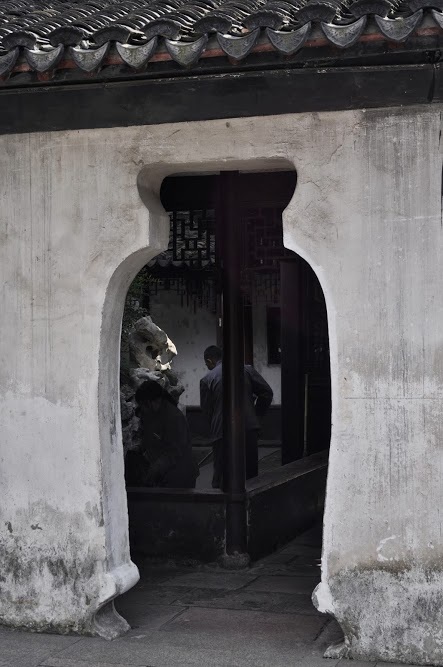
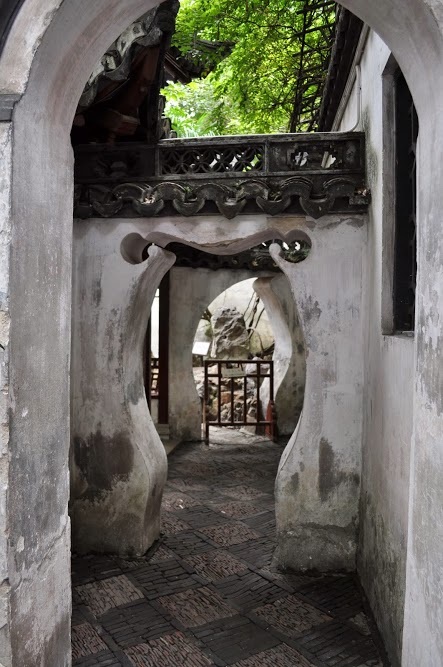
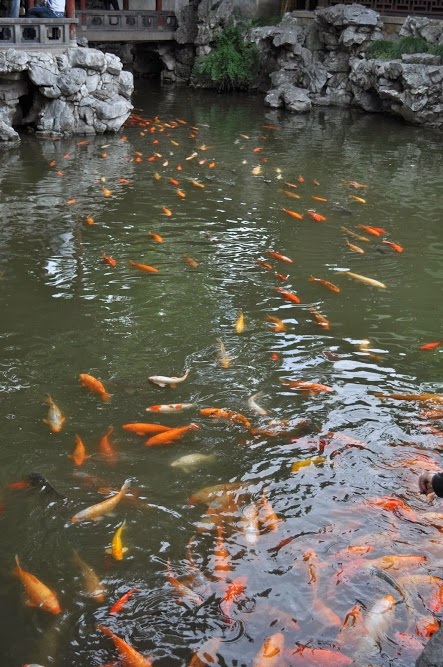
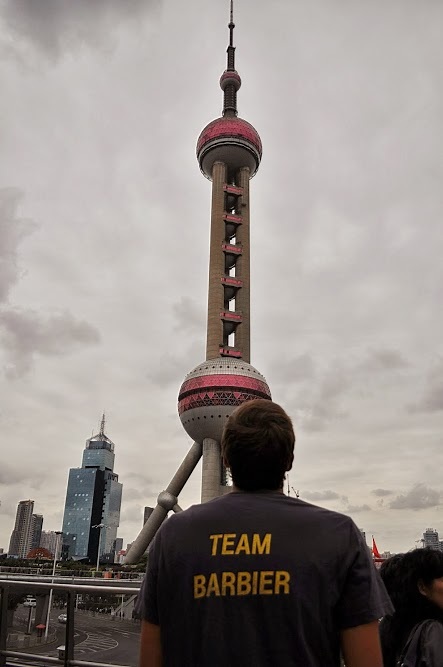
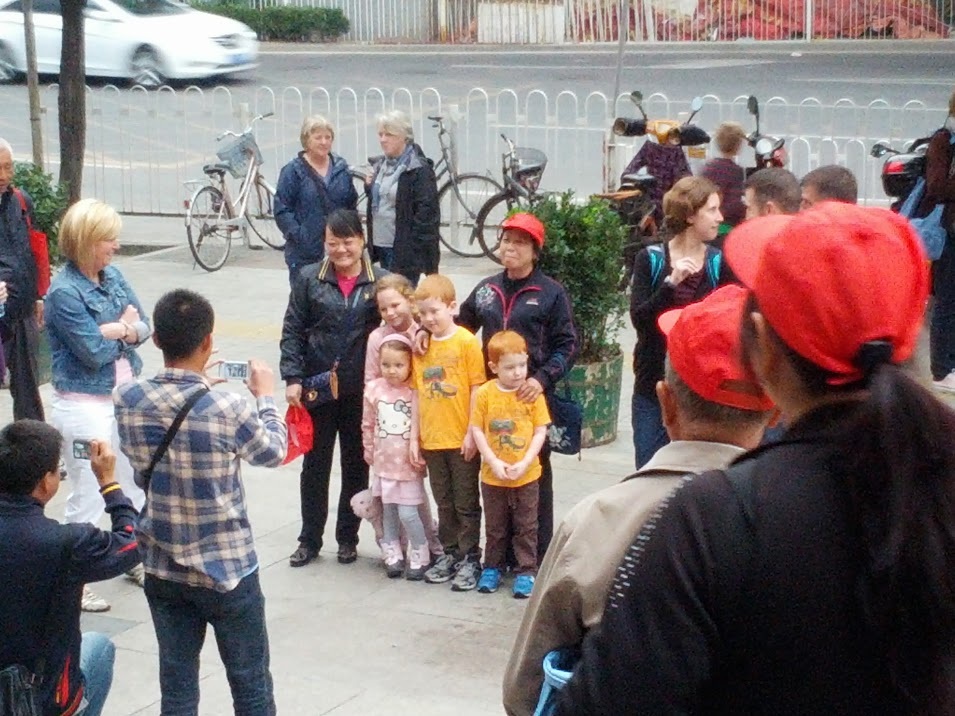
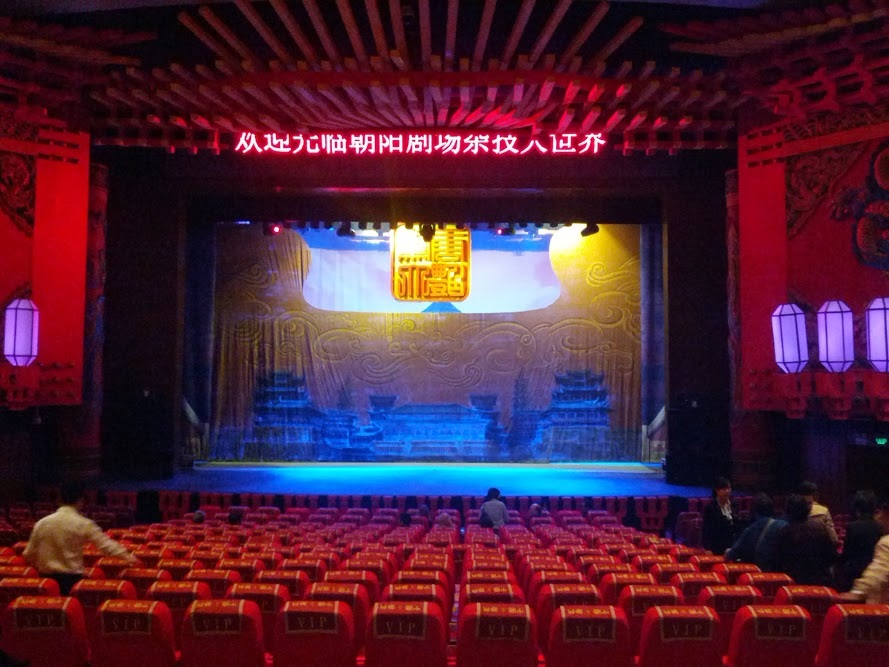
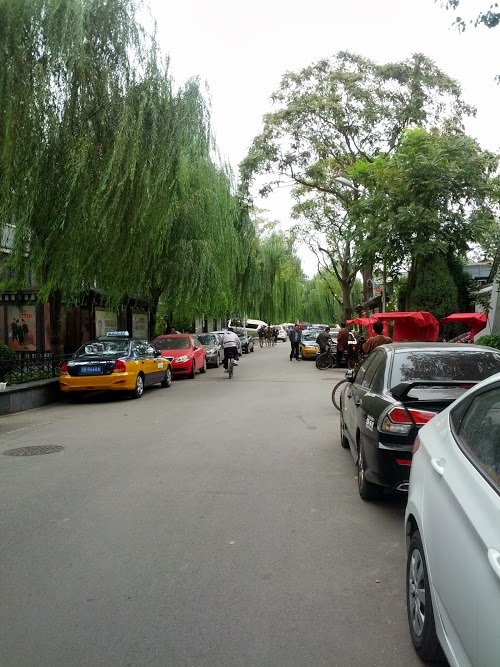
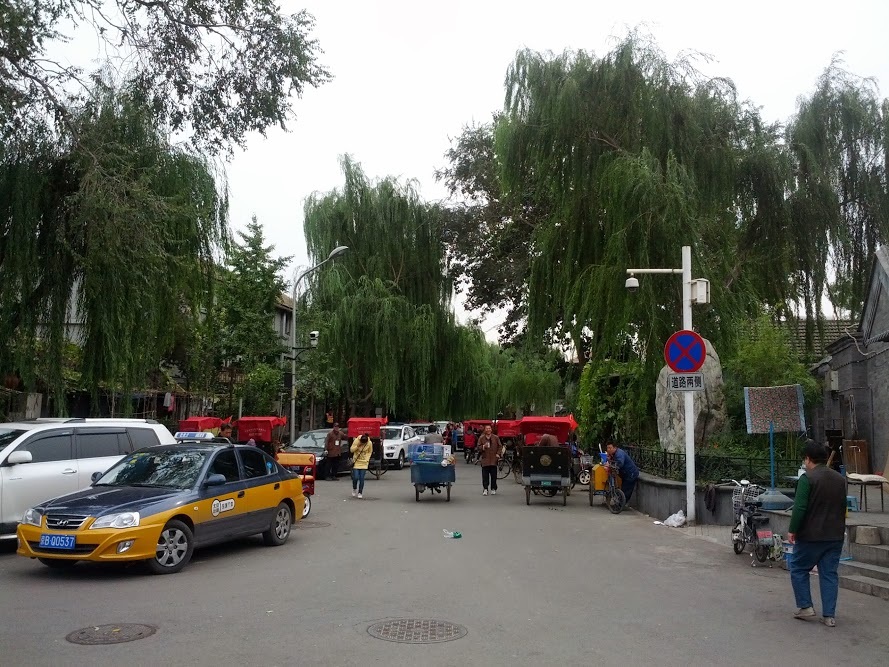
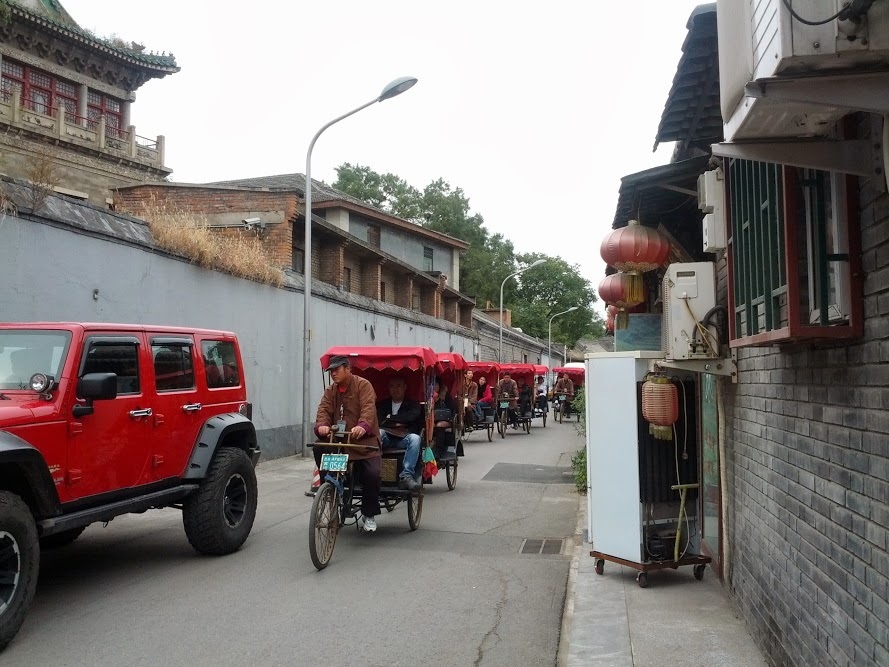
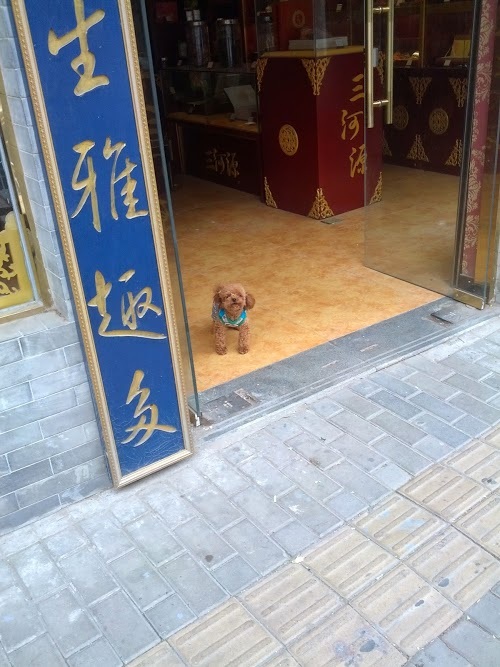
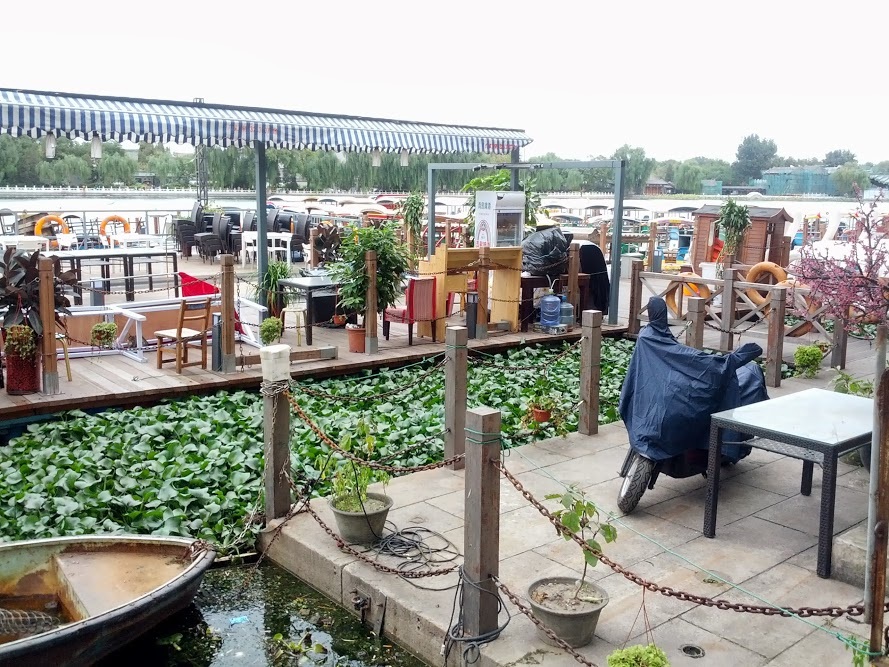
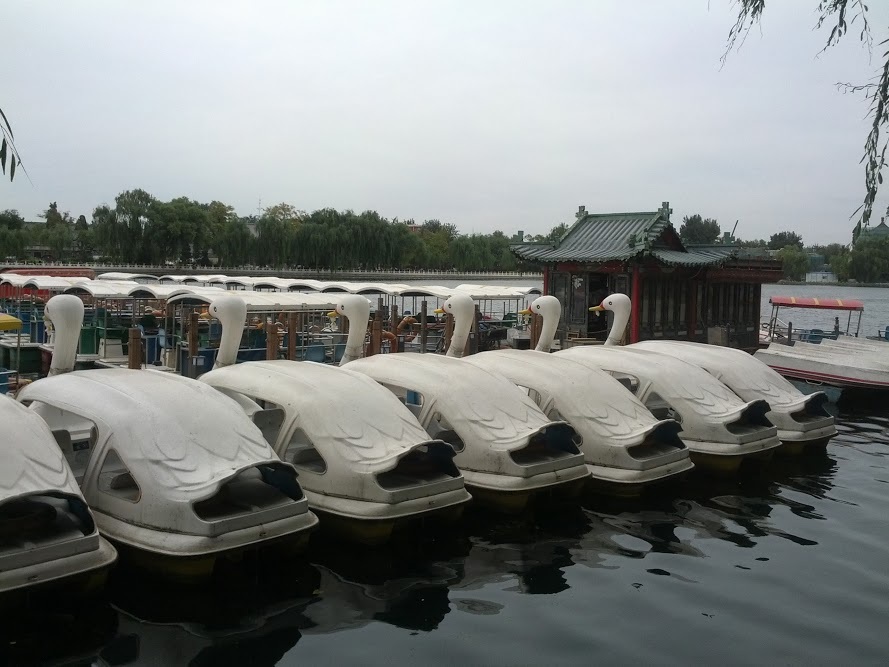
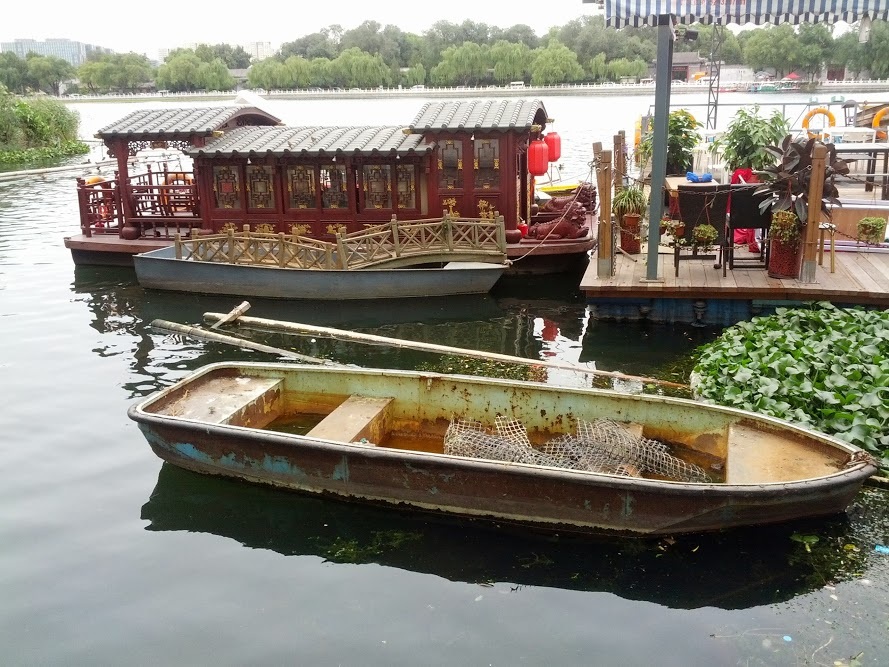
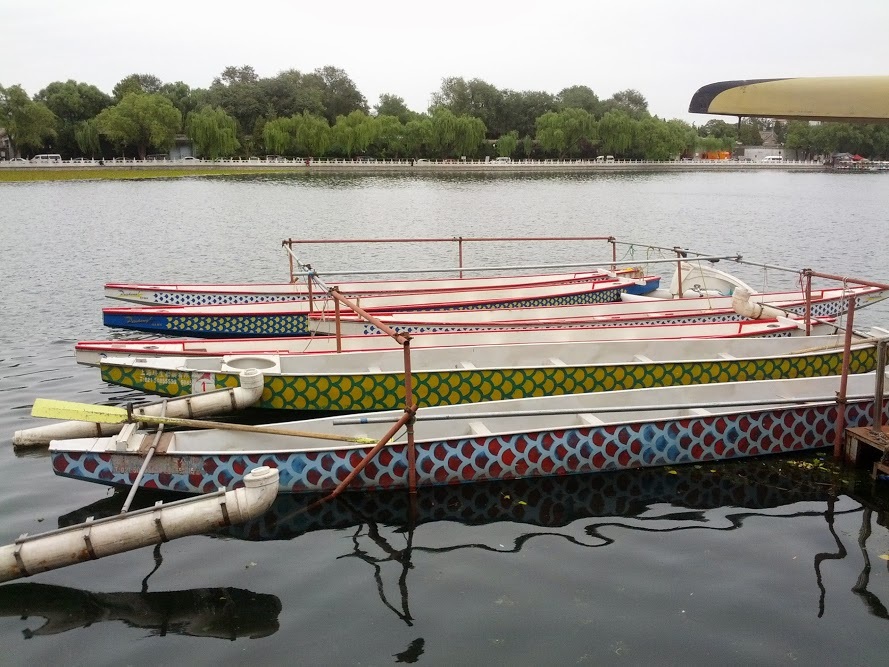
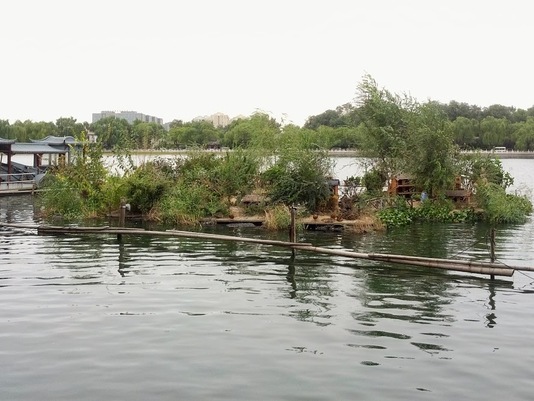
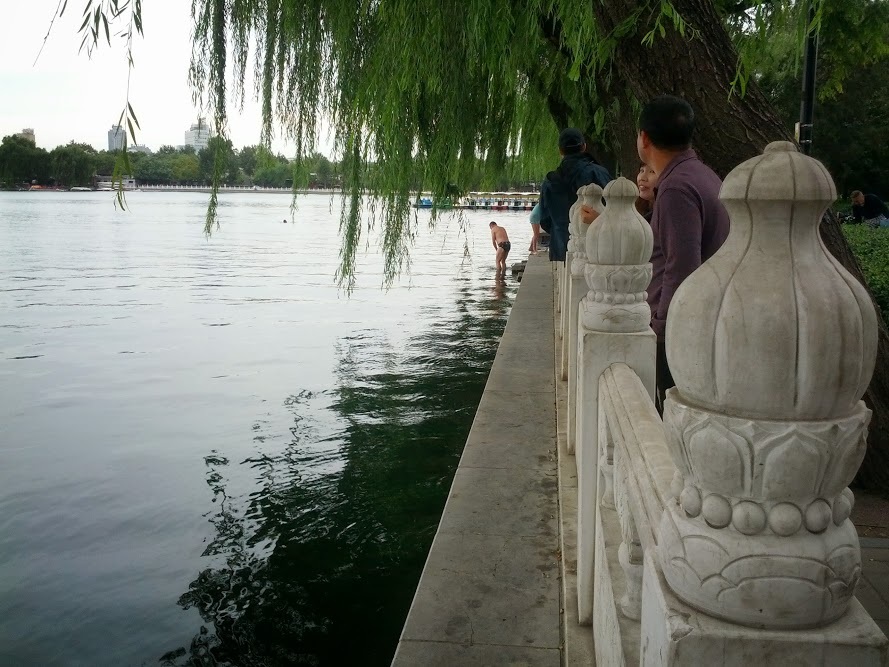
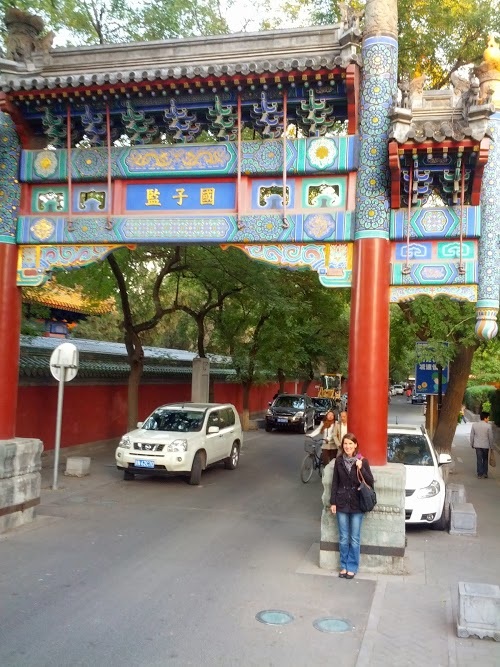
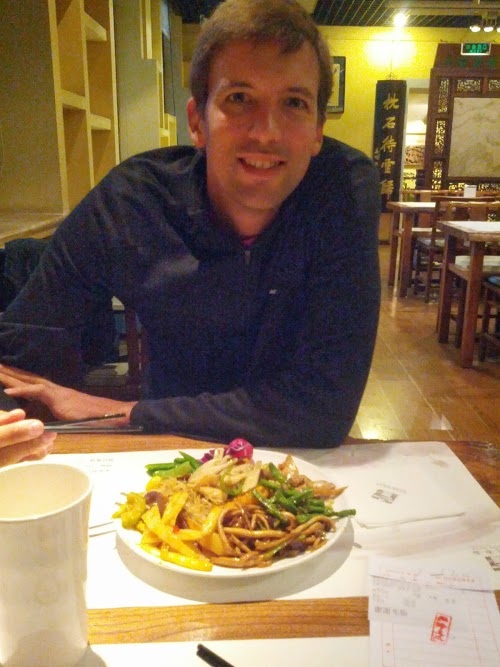
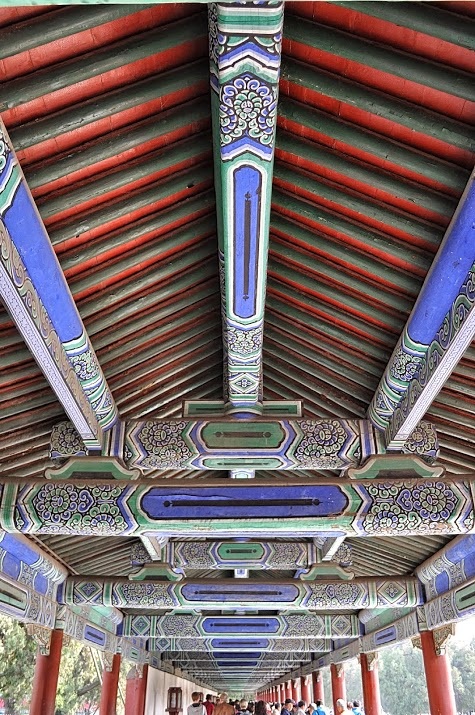
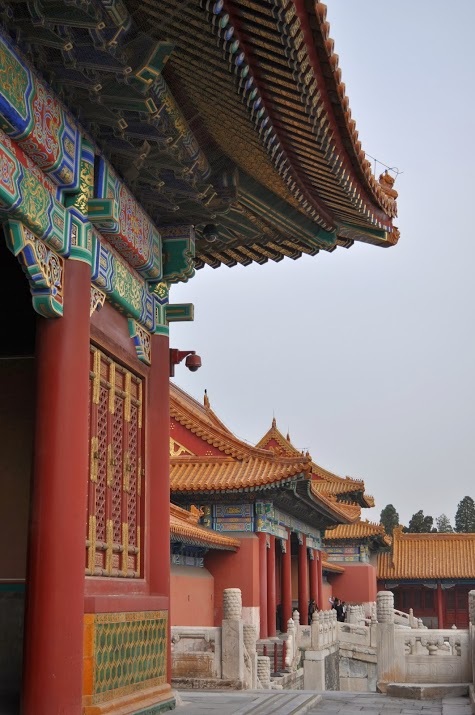
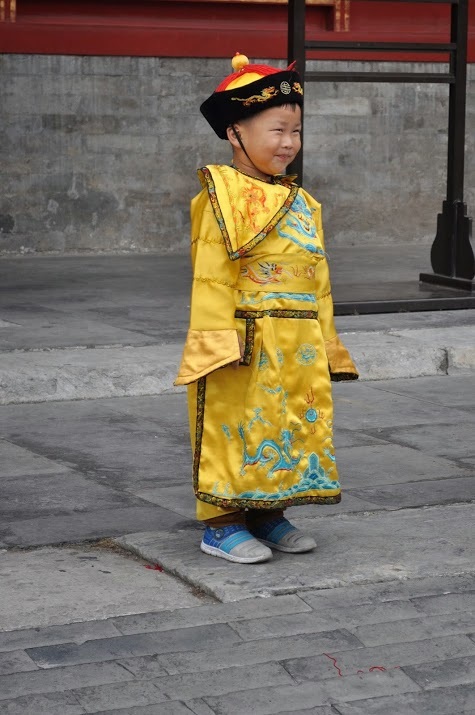
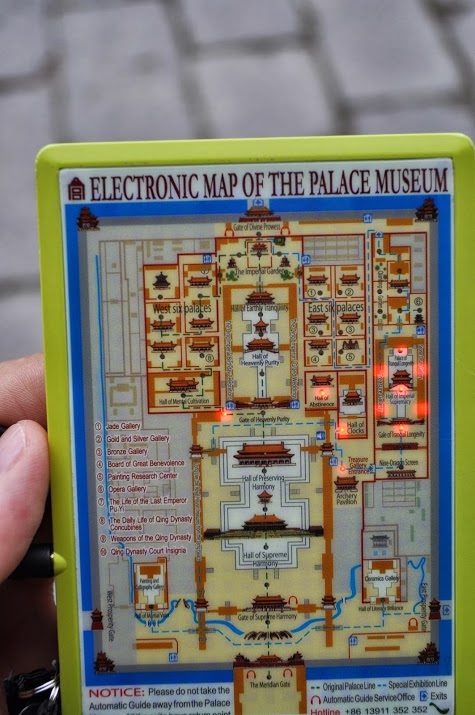
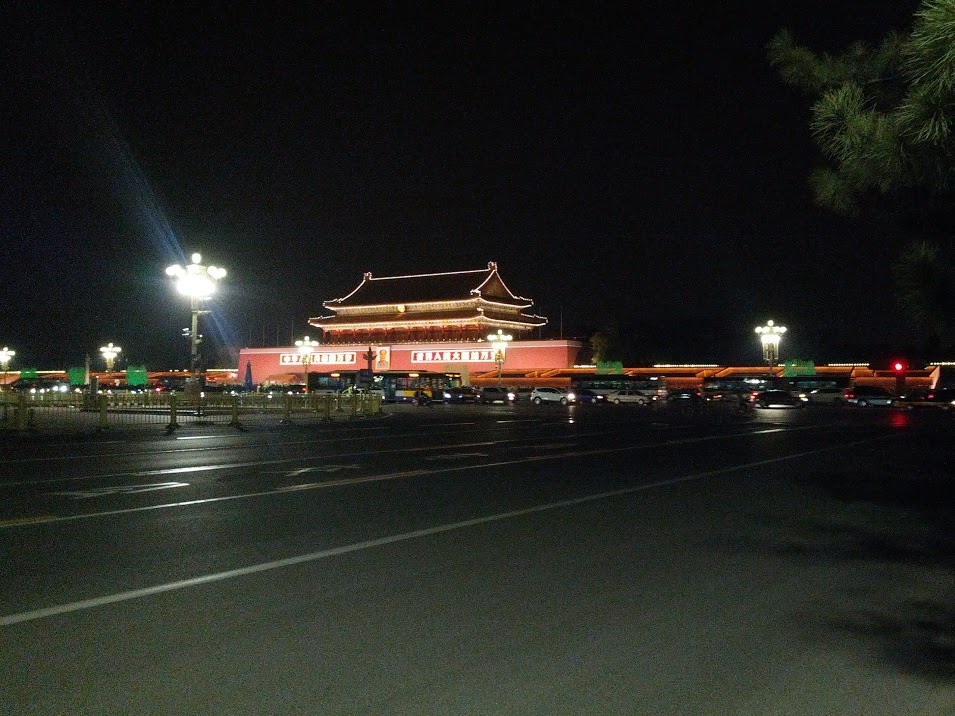
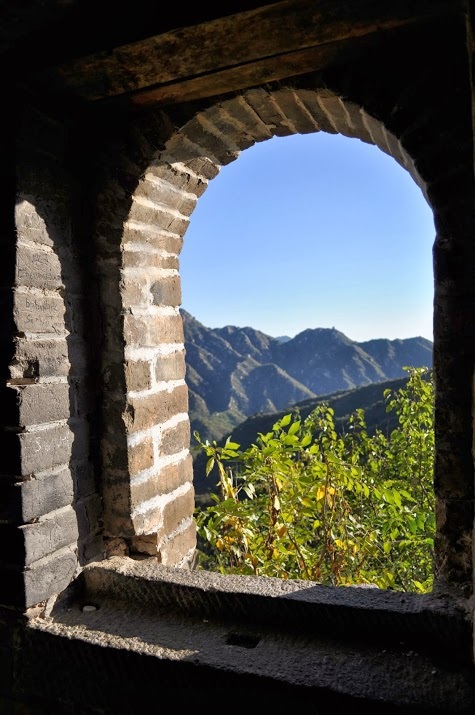
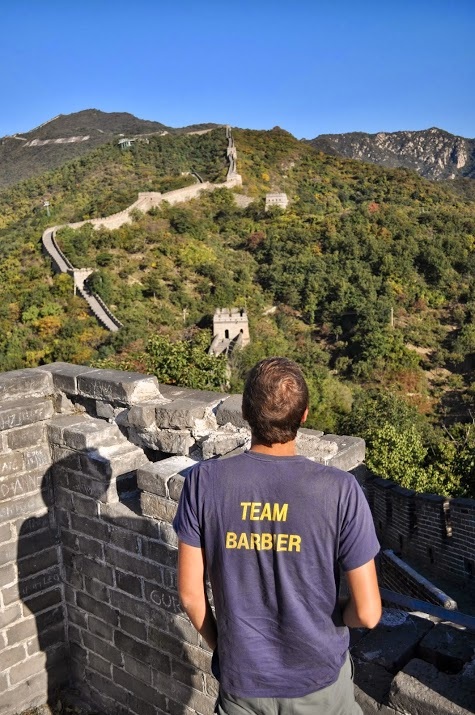
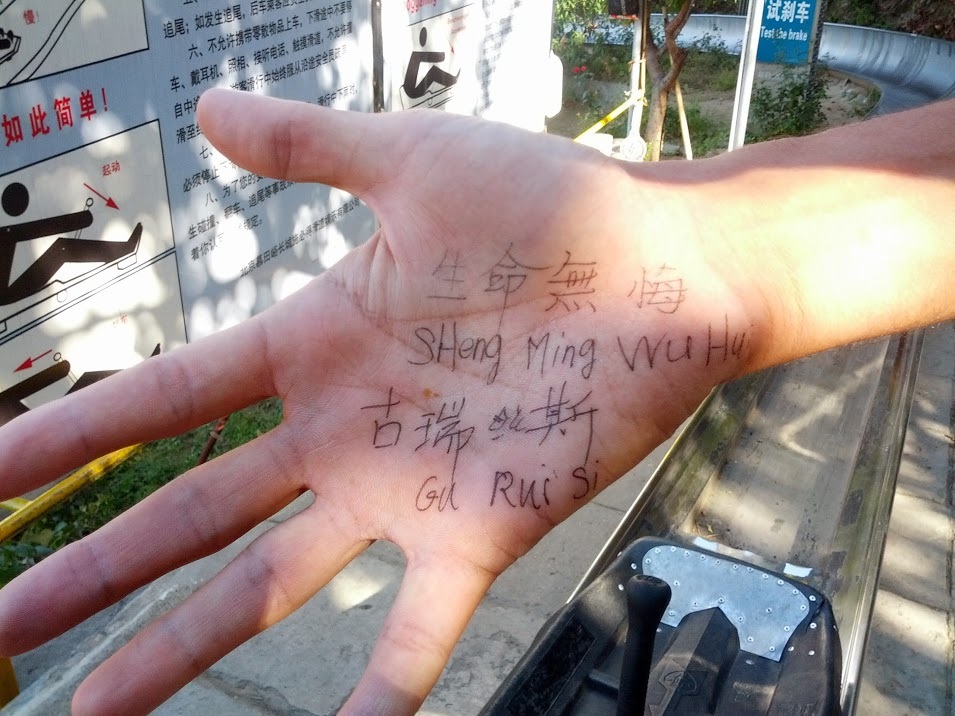
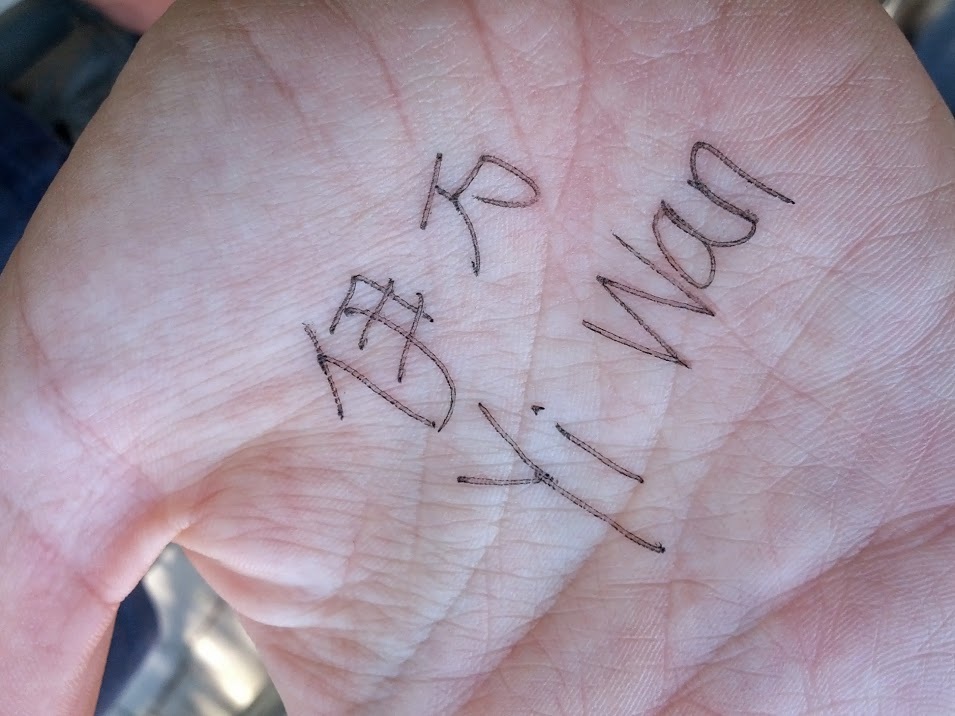
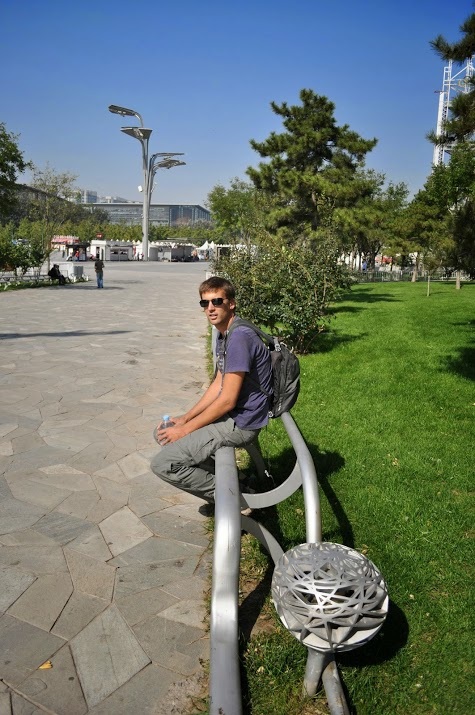
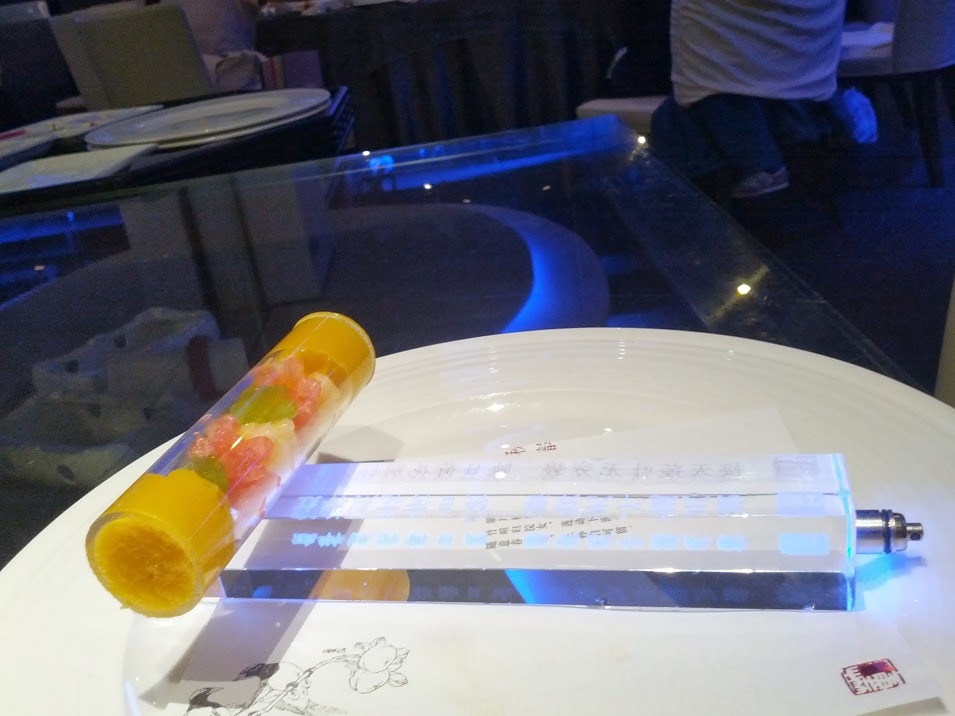
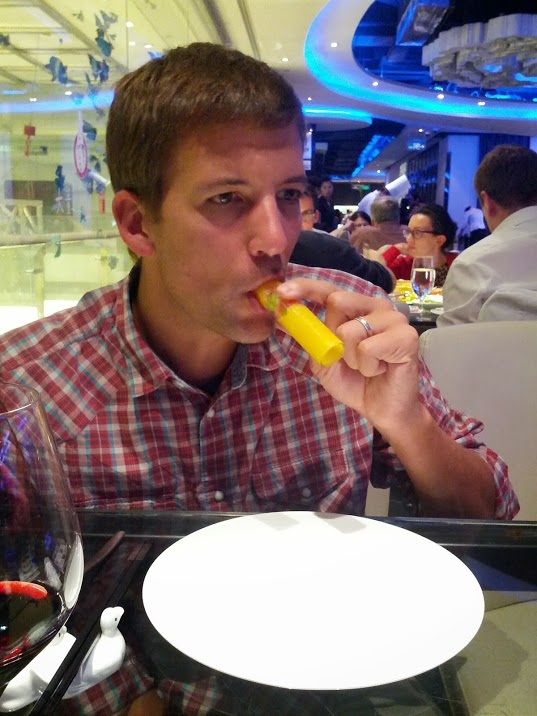

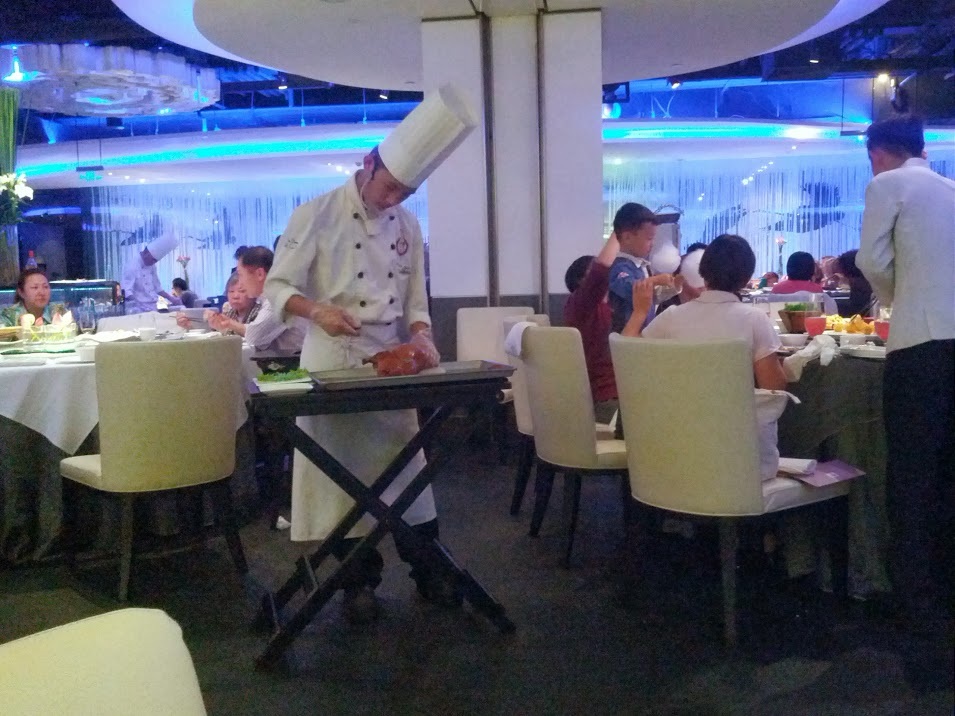
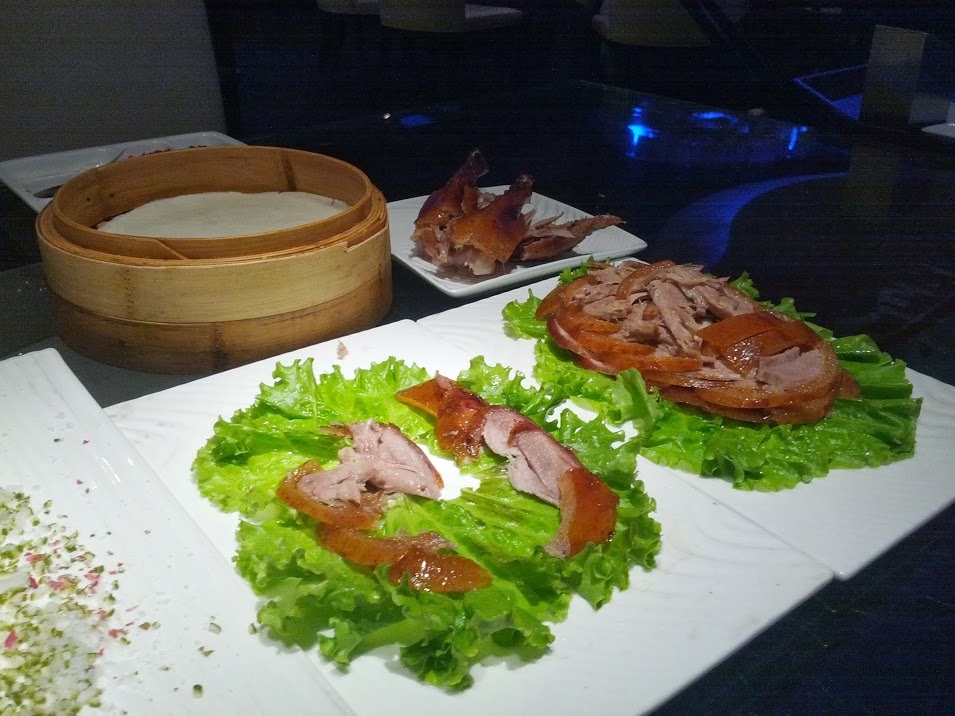
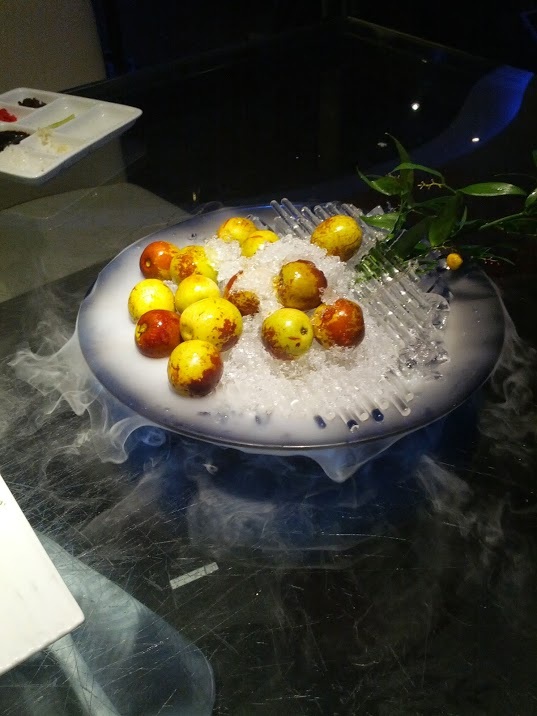
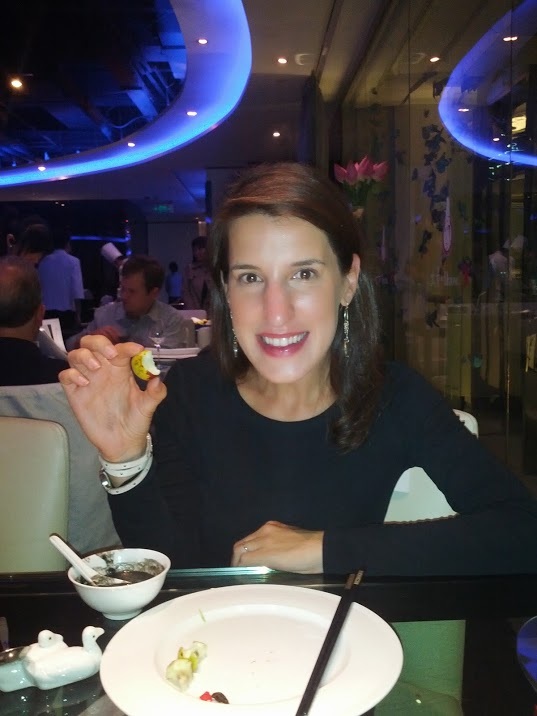
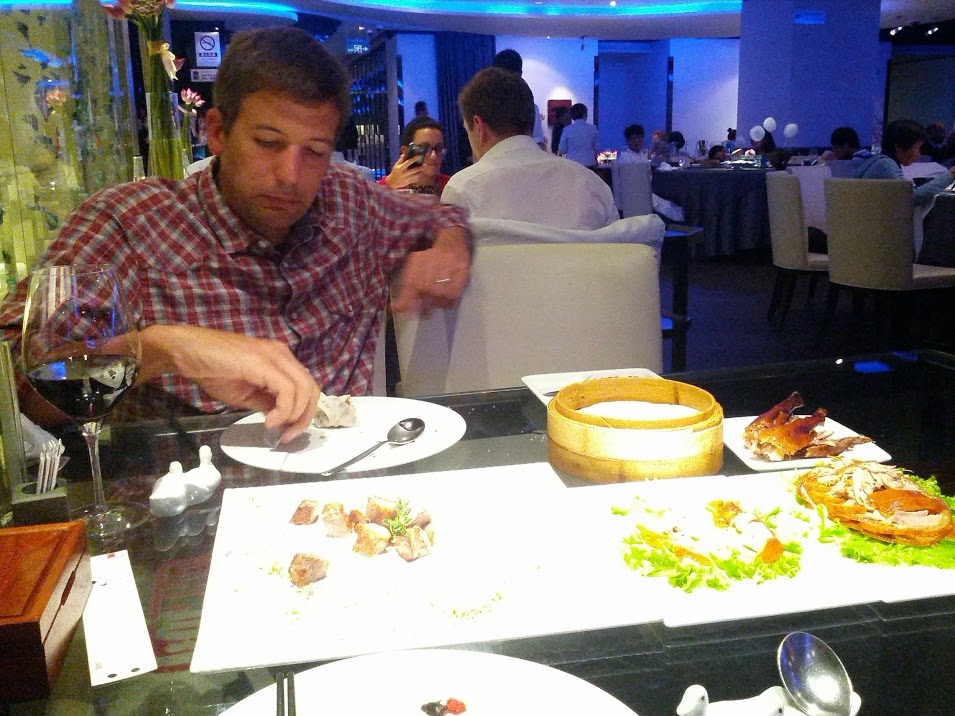
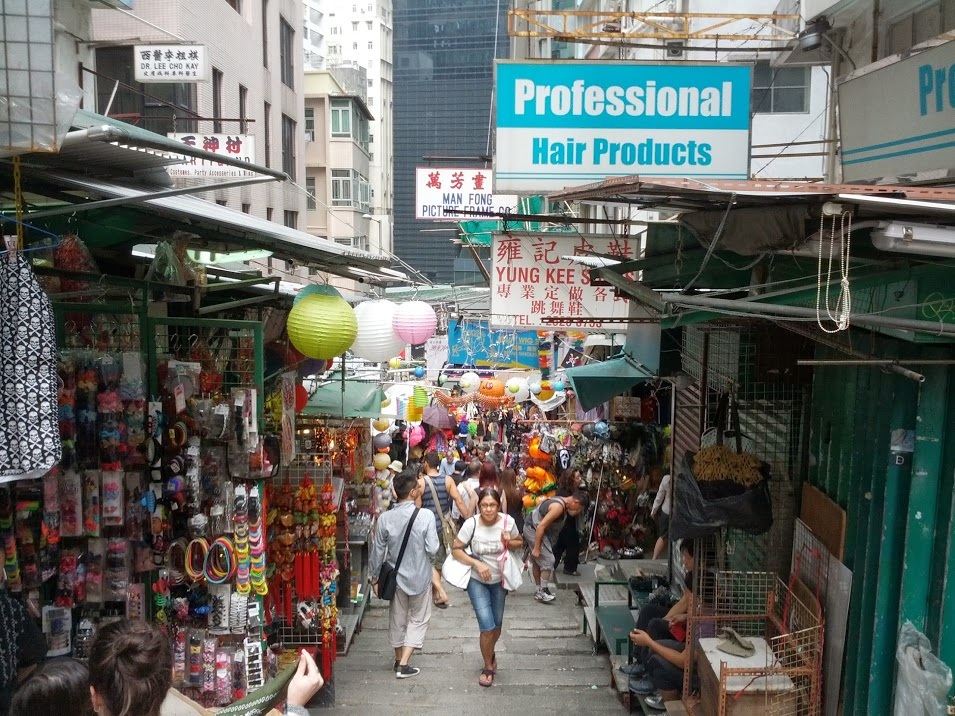
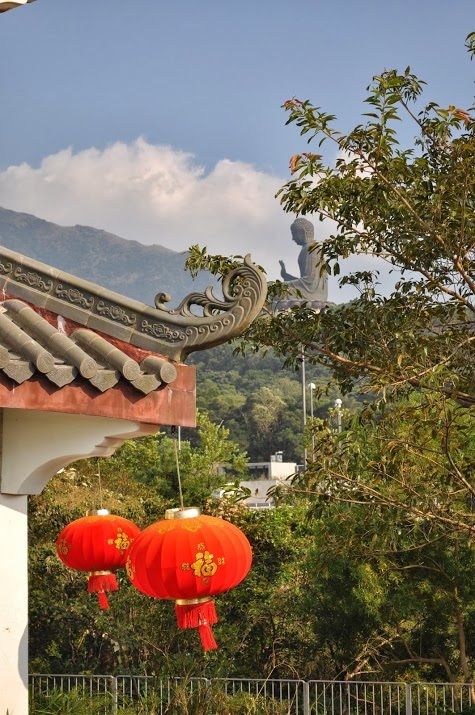
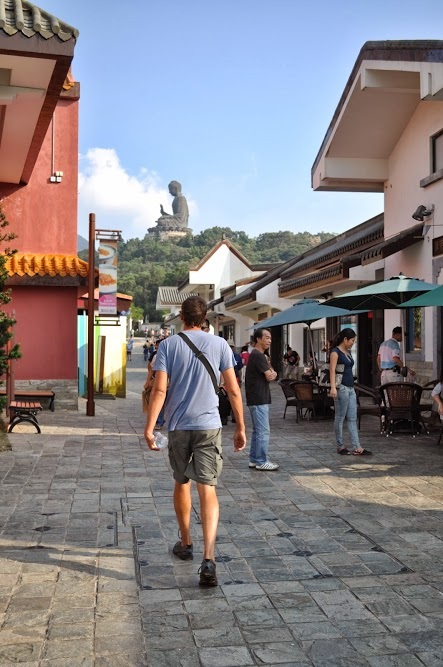
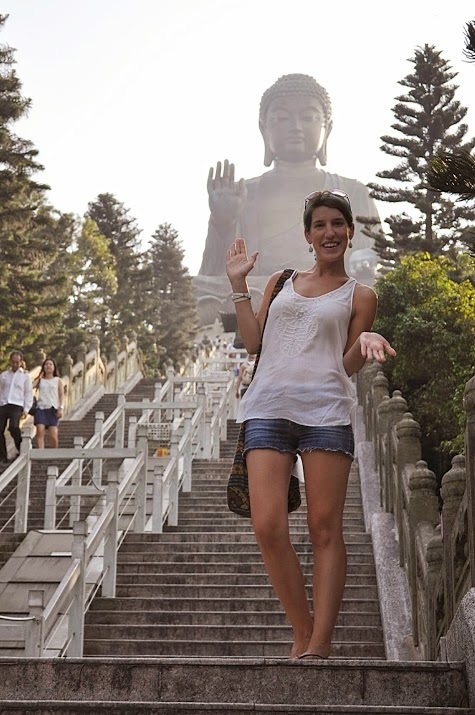
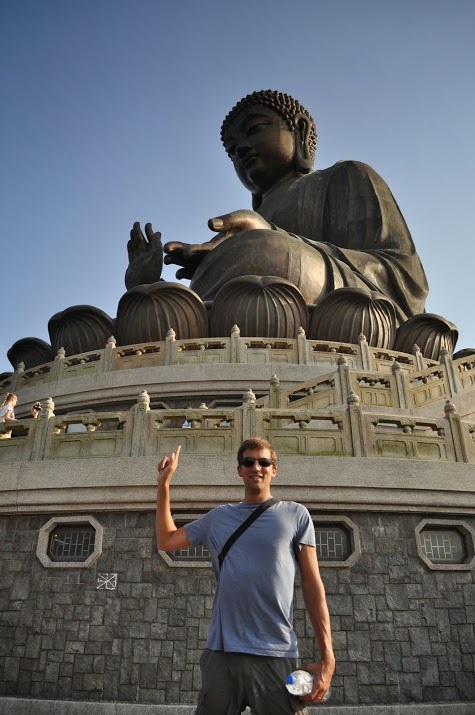
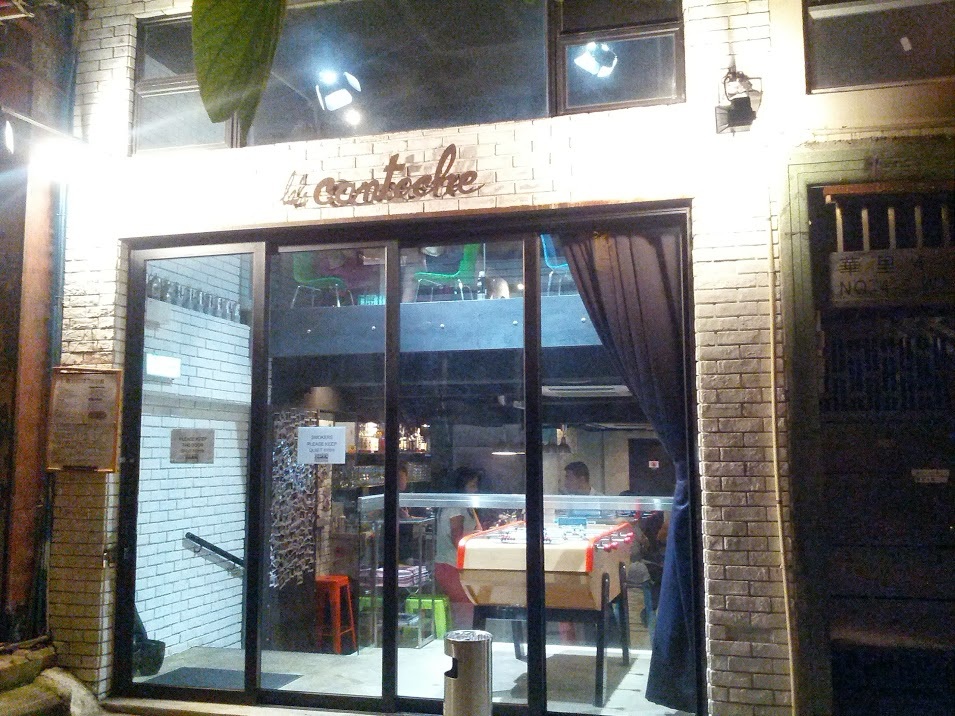
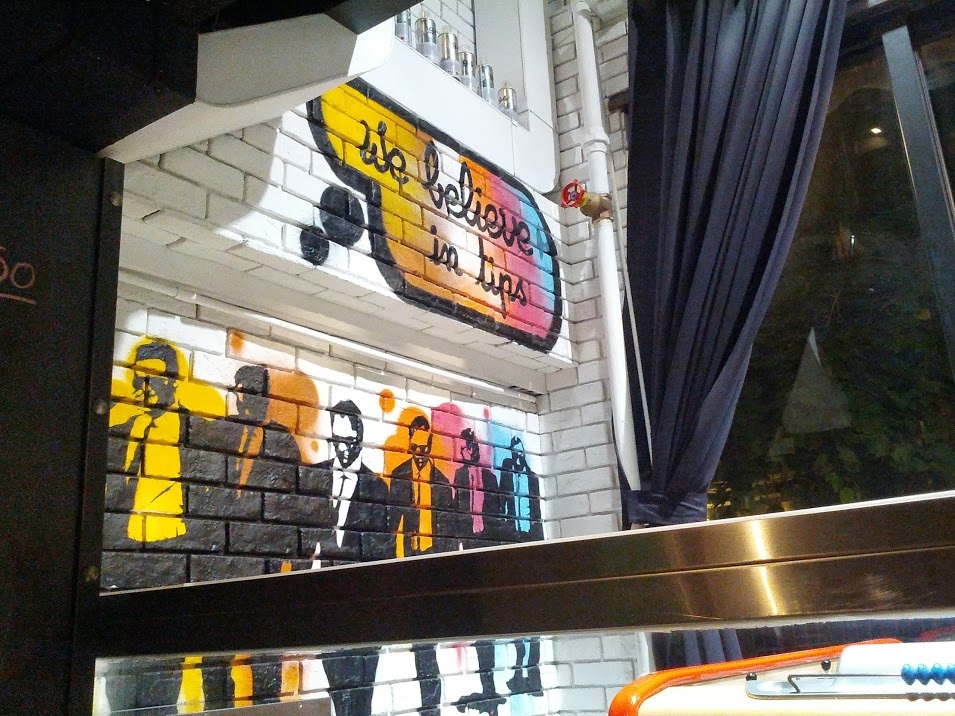
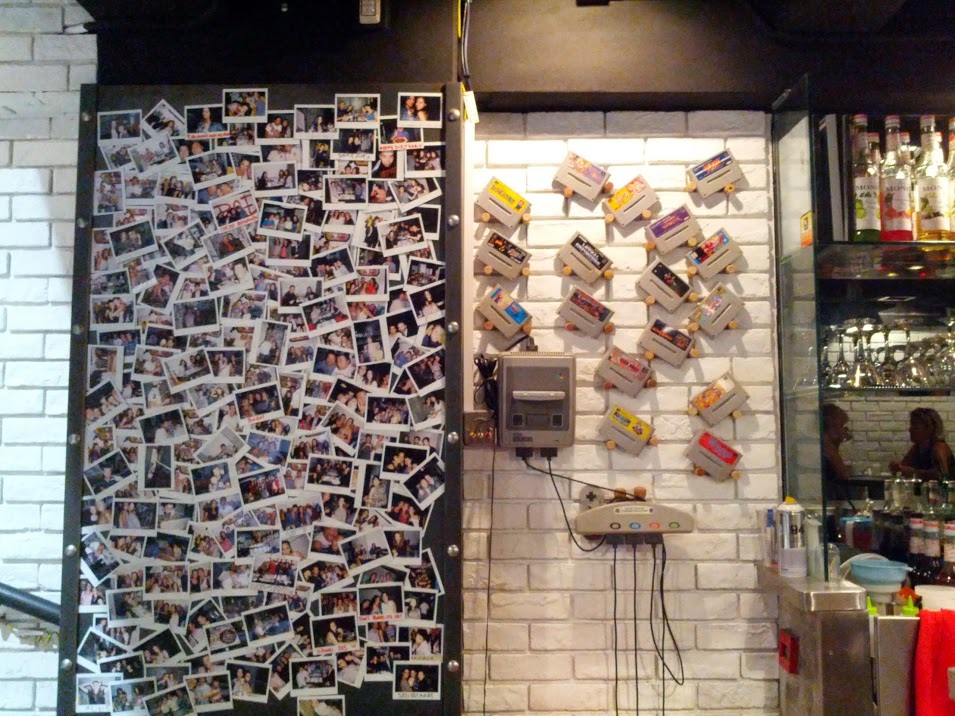
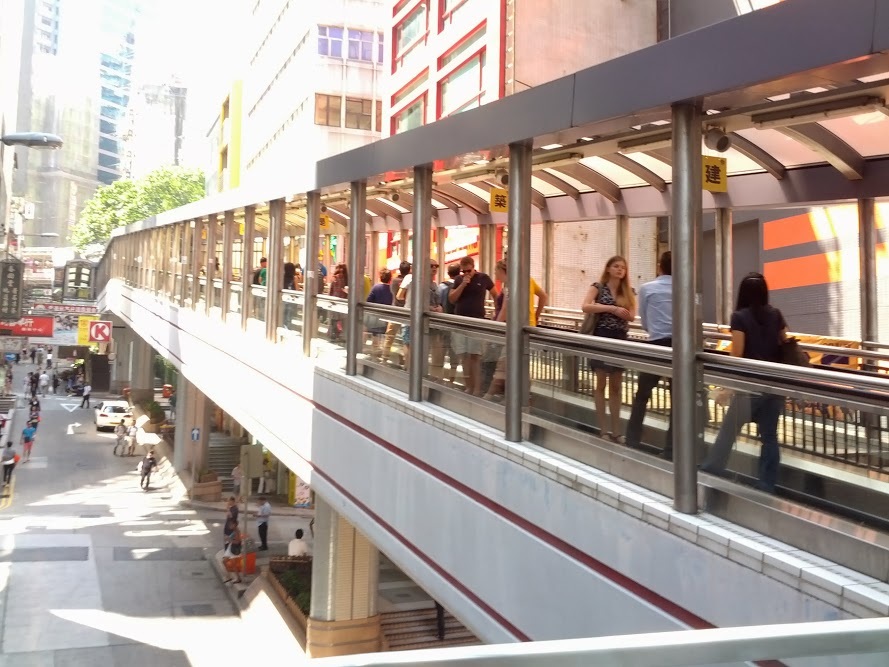
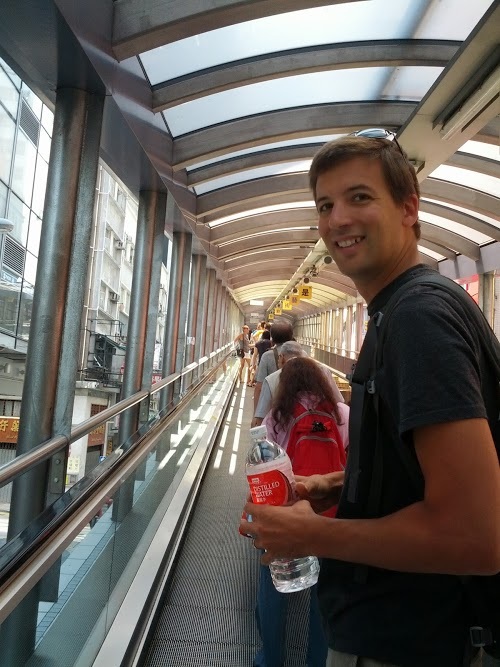
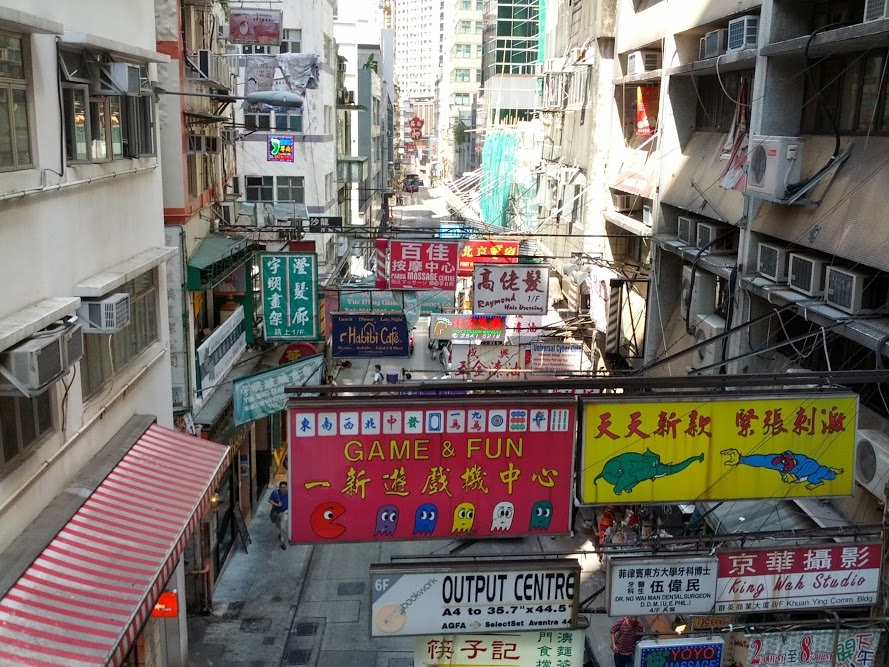
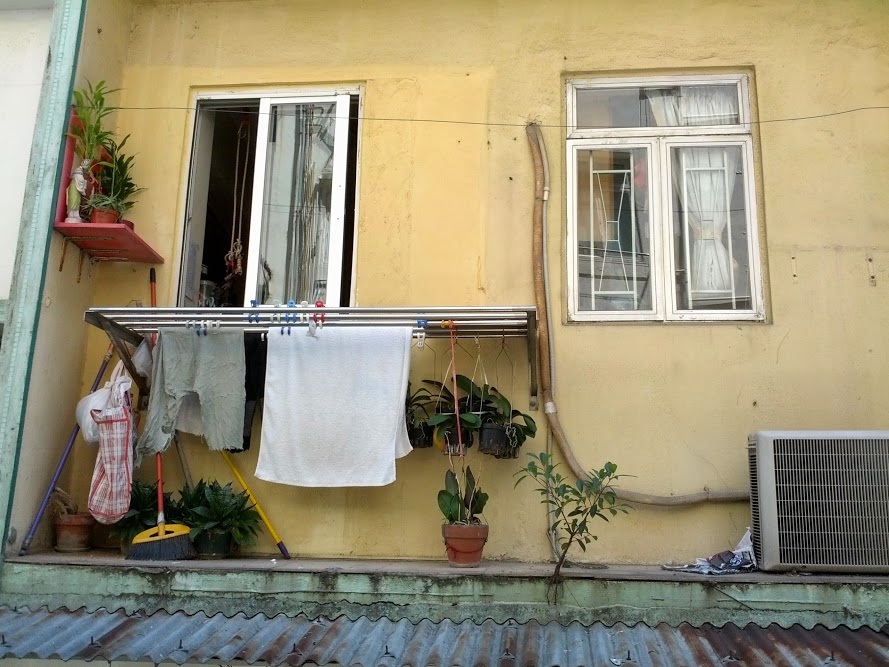
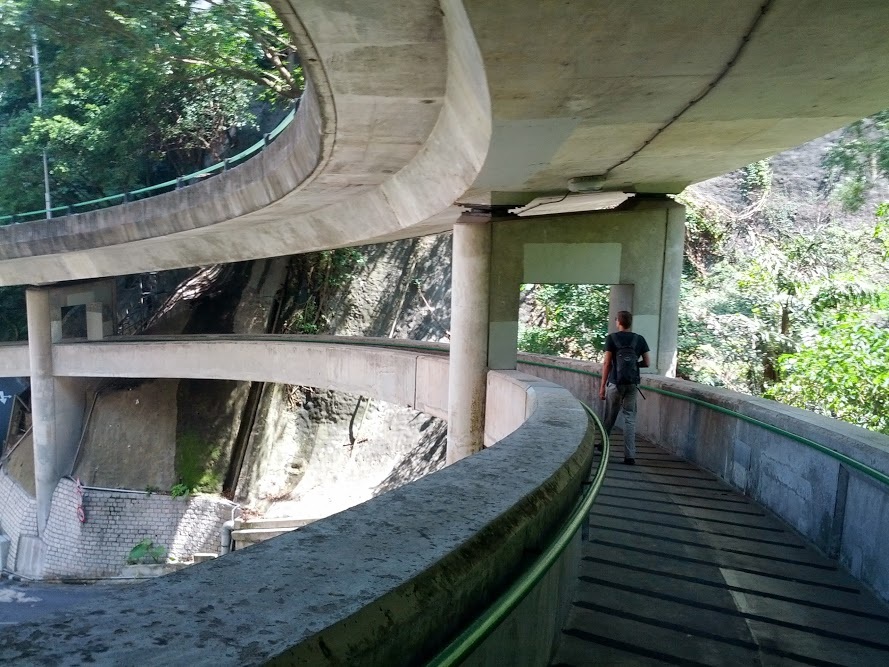
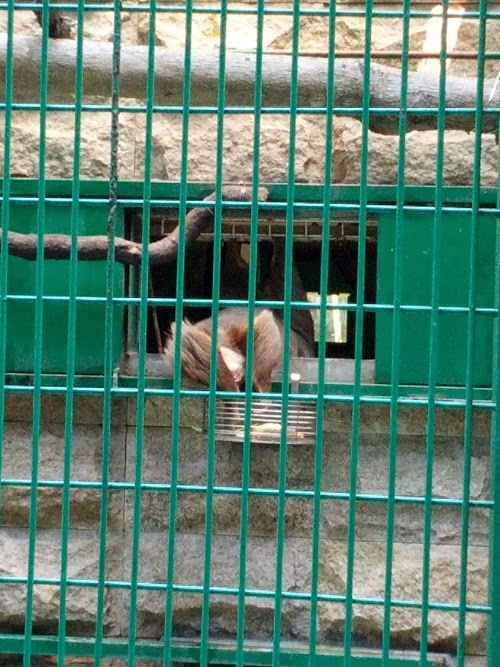
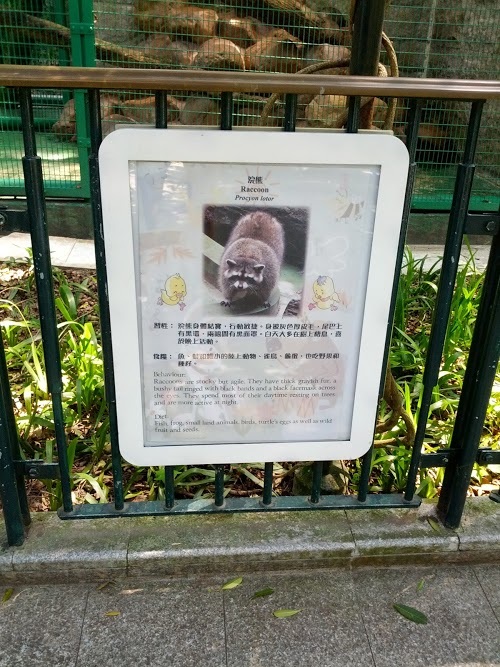
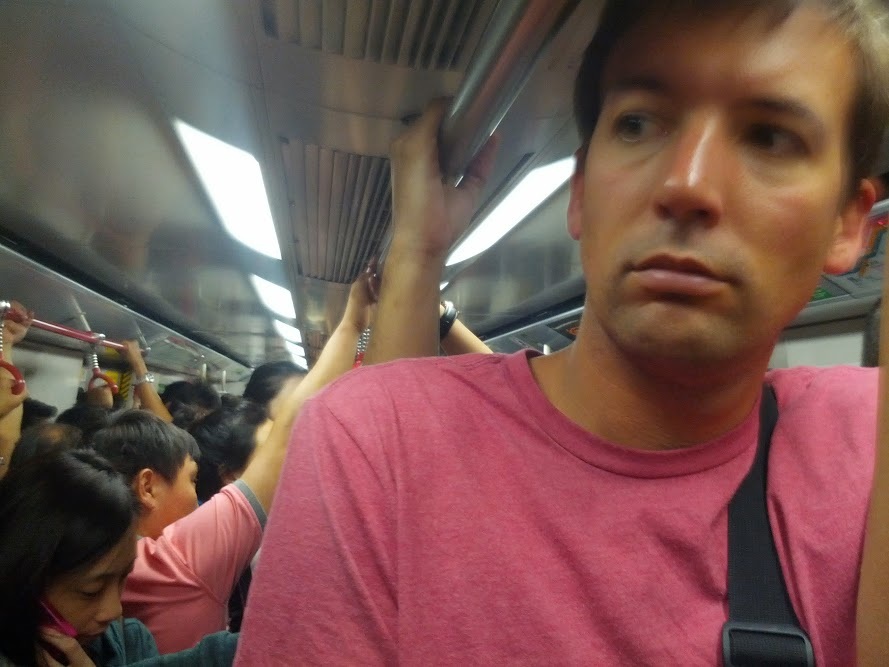
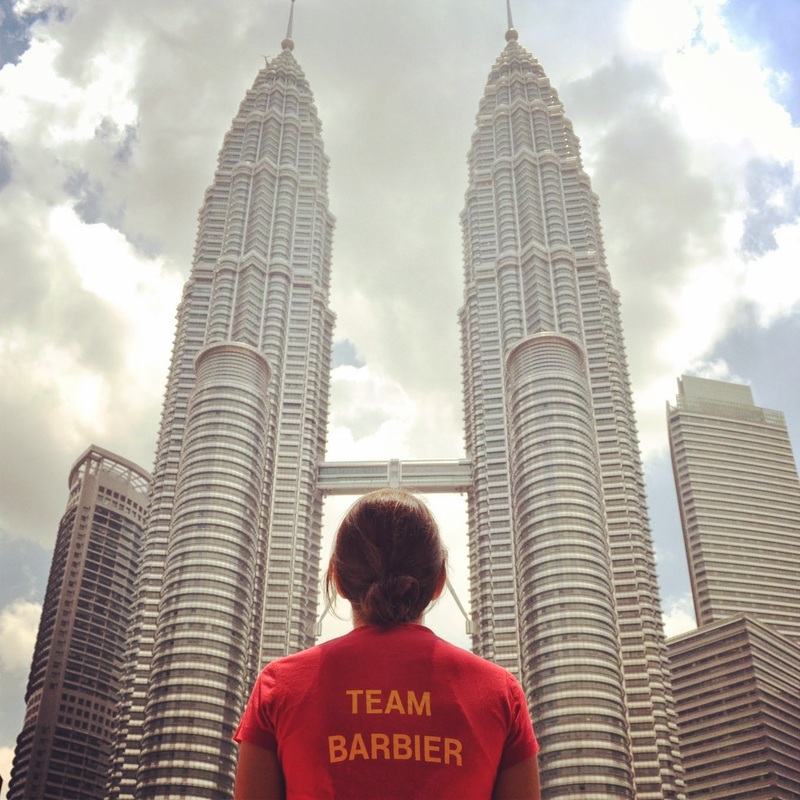
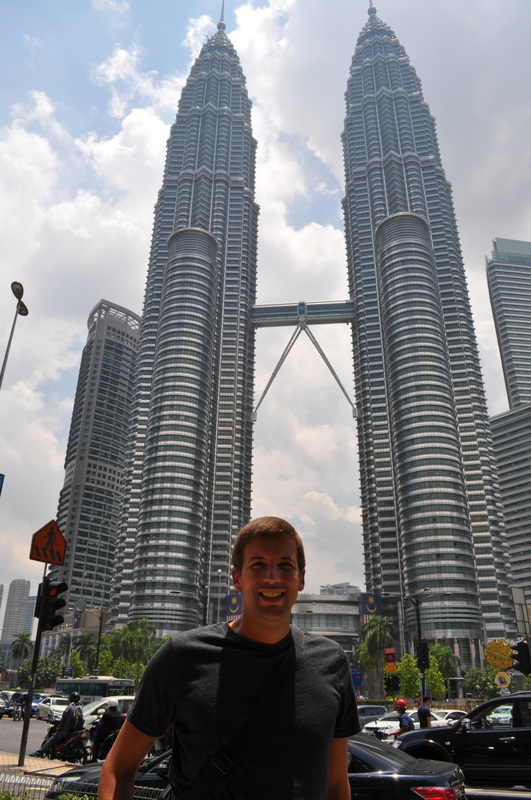
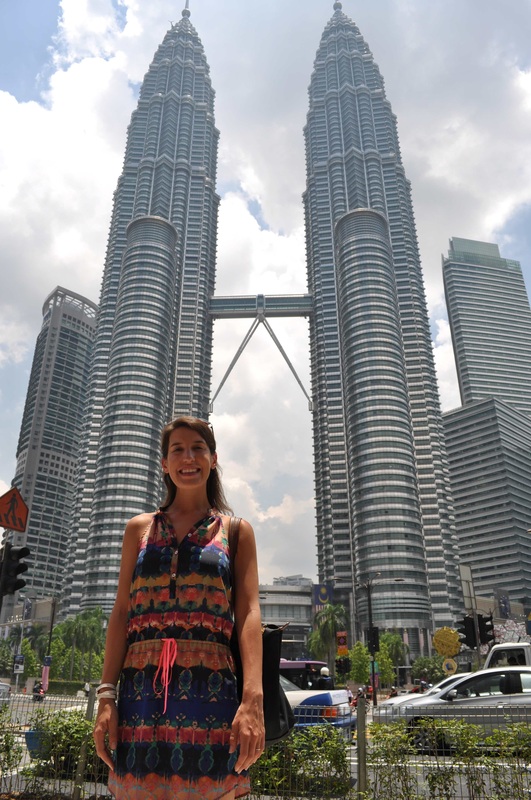
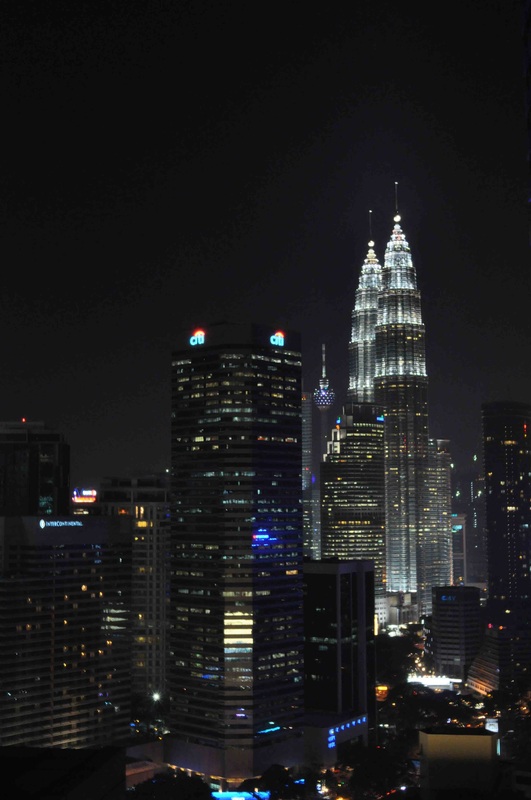

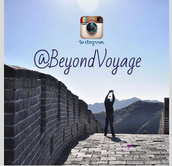
 RSS Feed
RSS Feed
